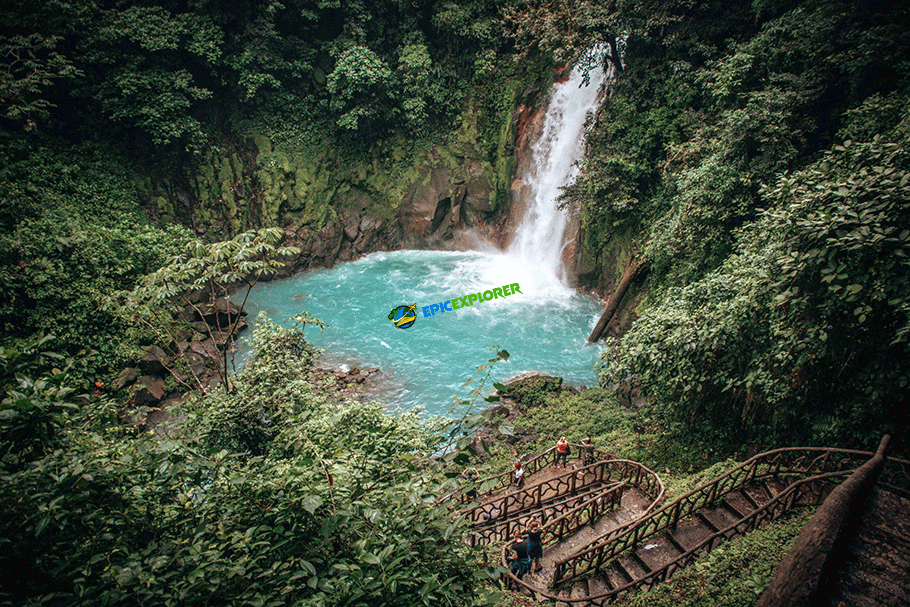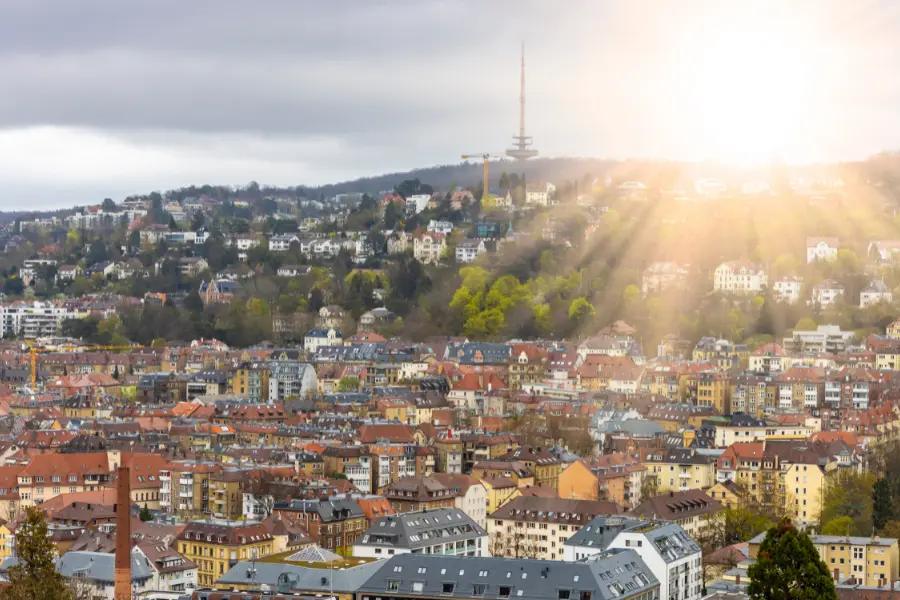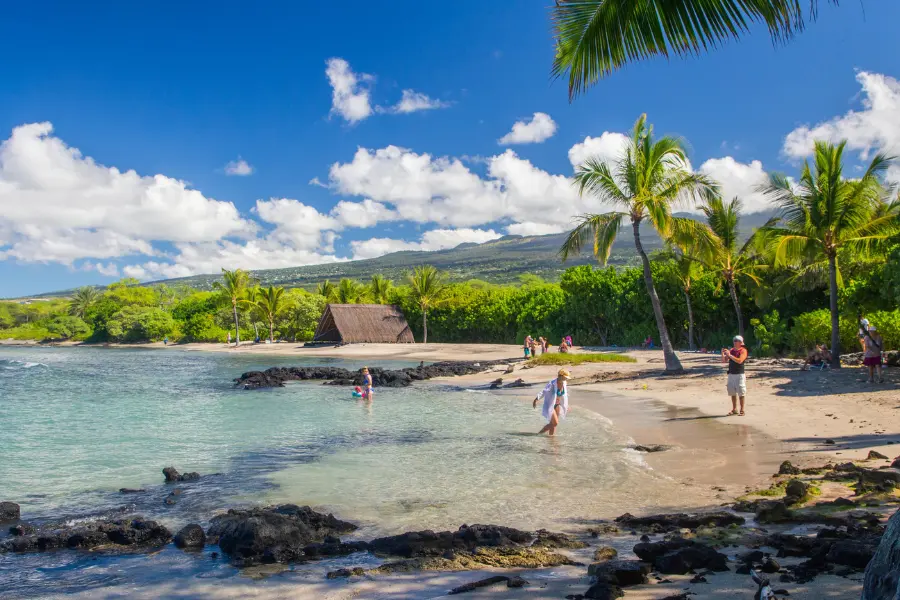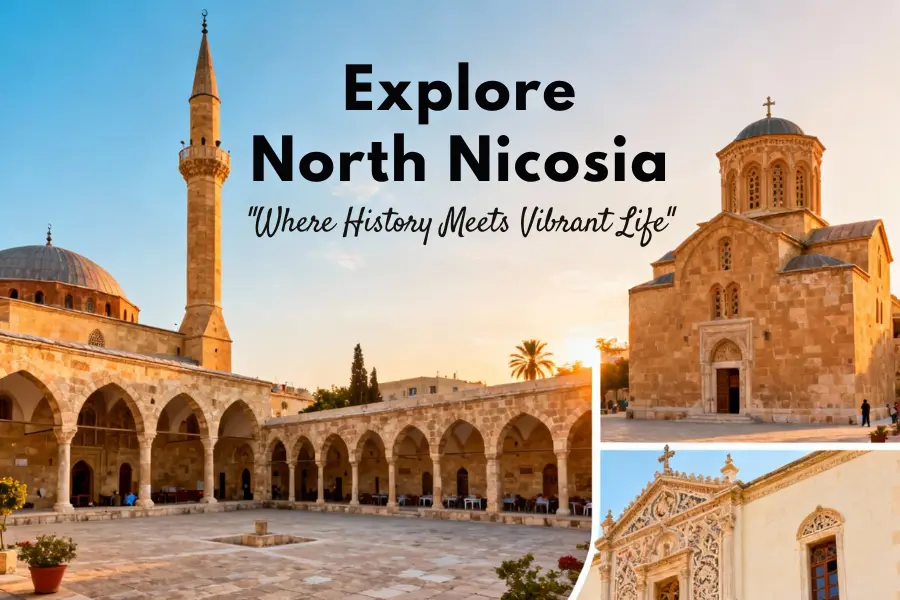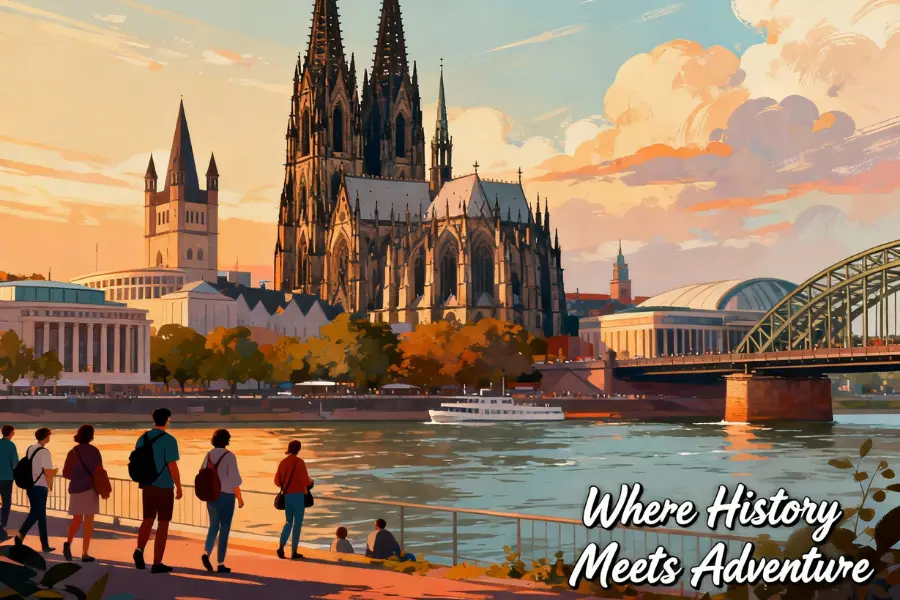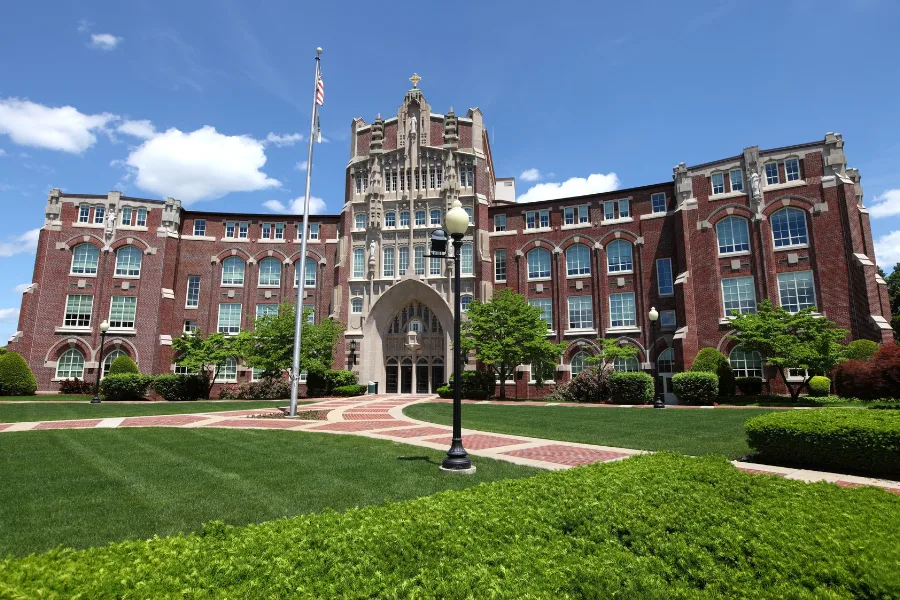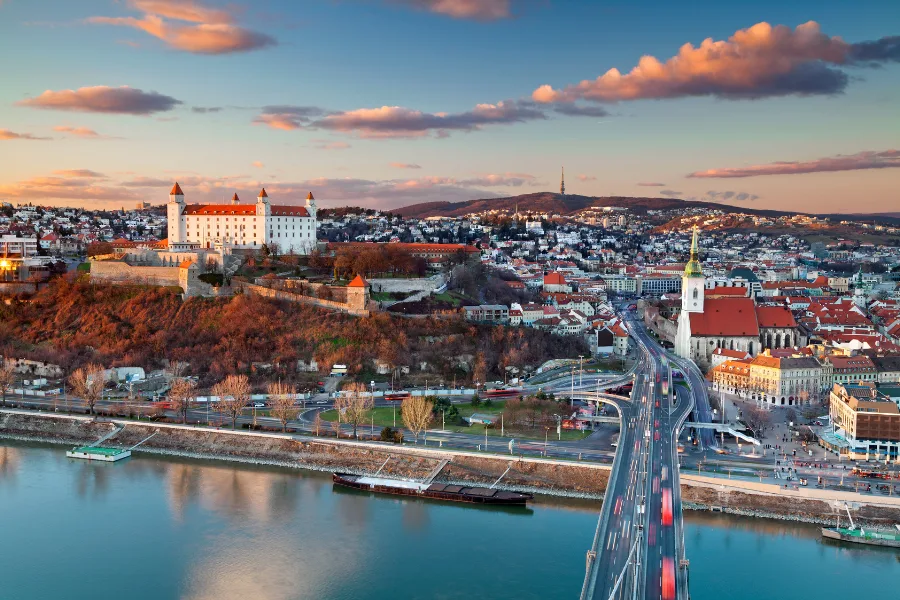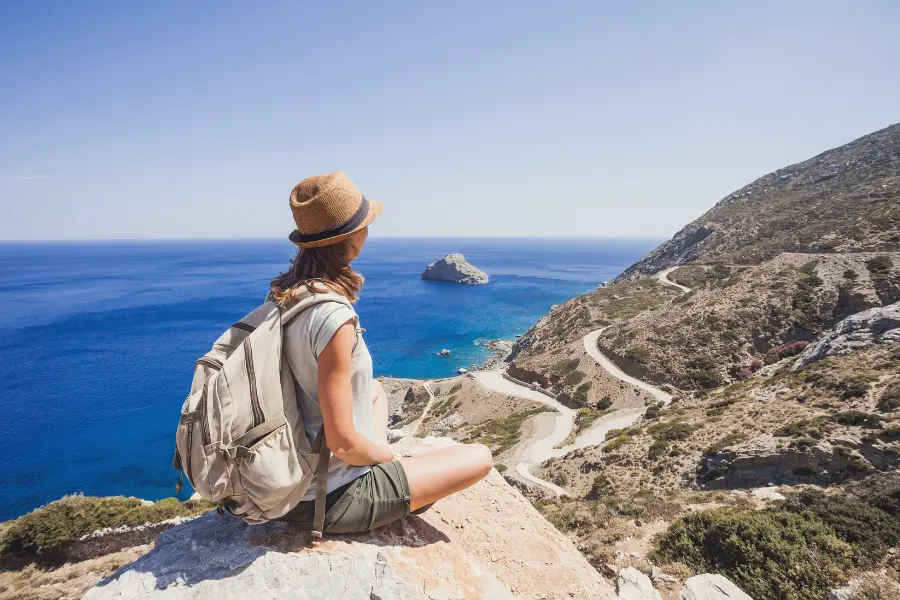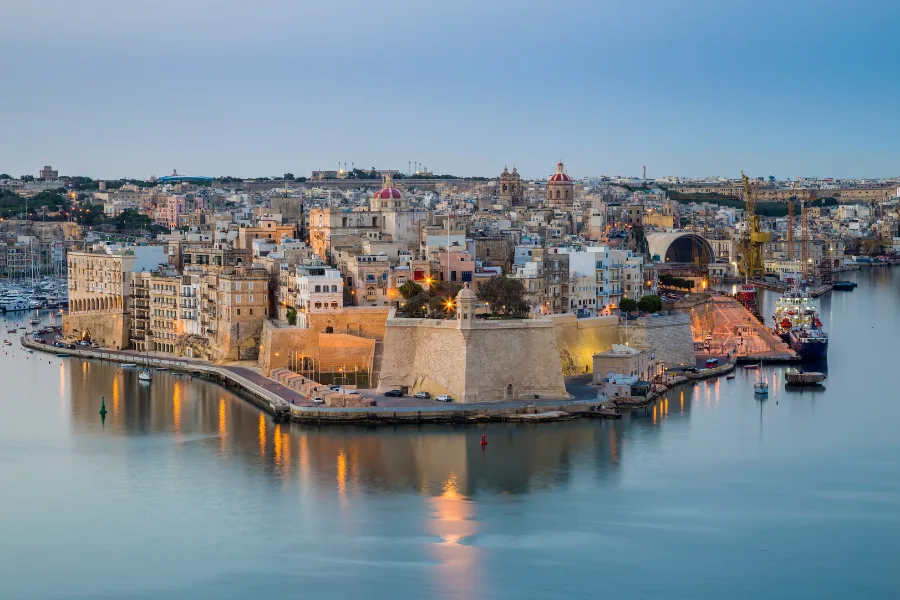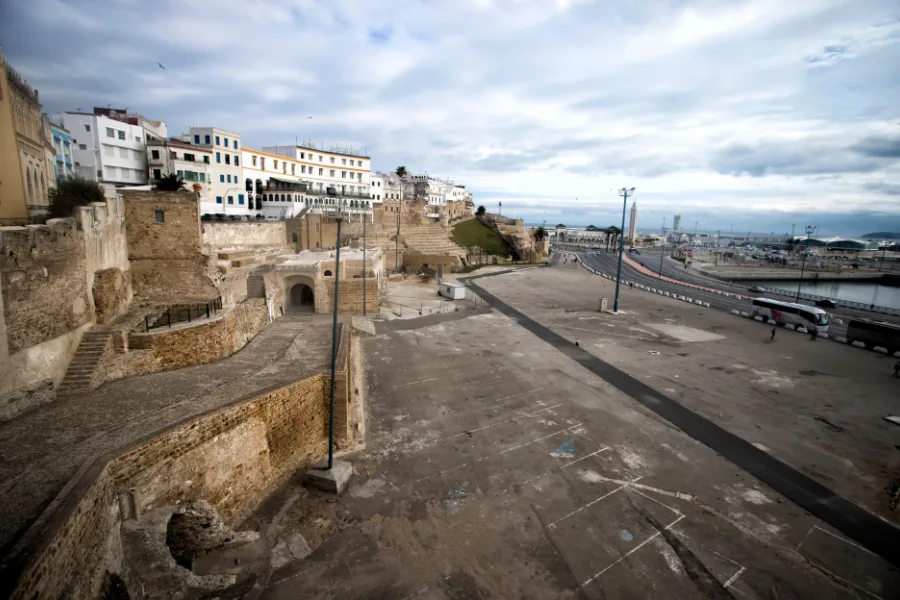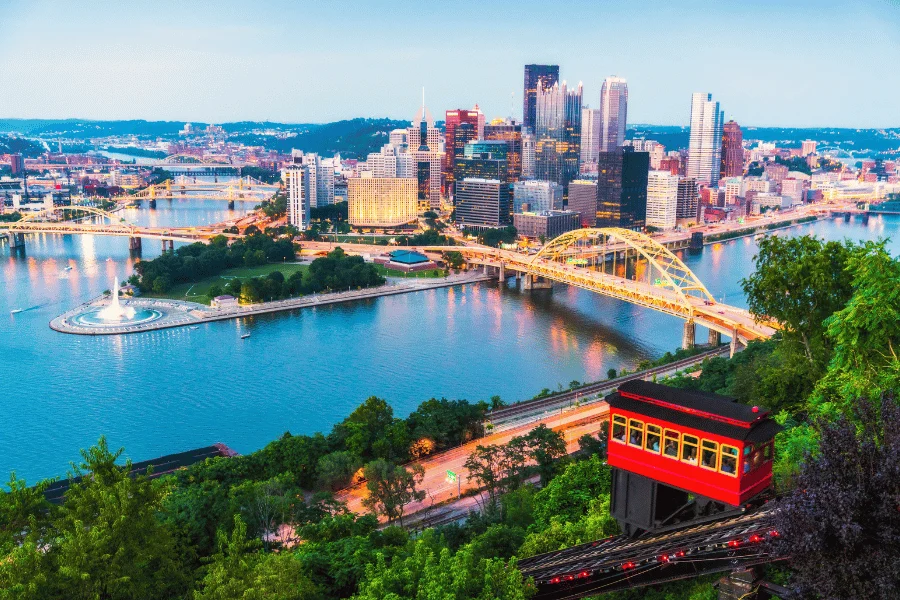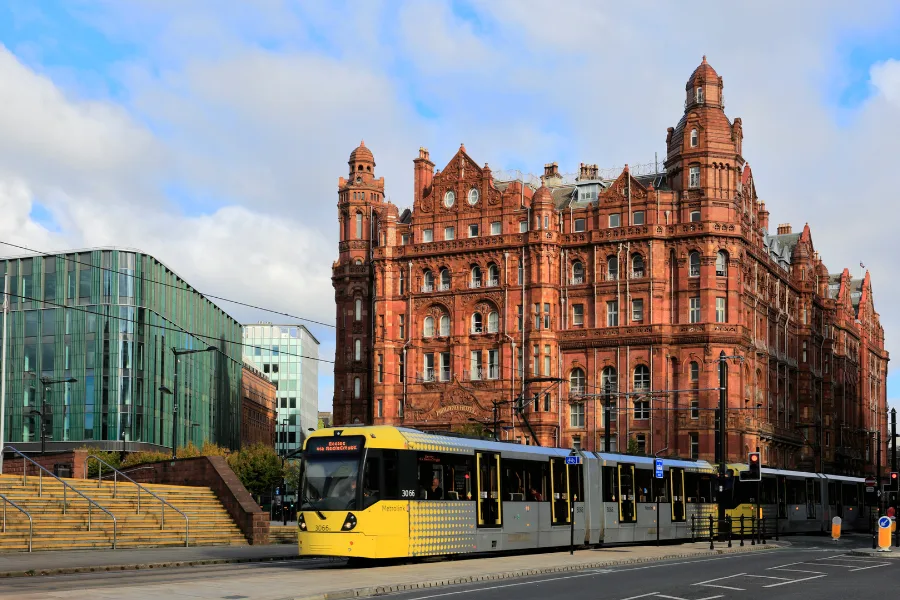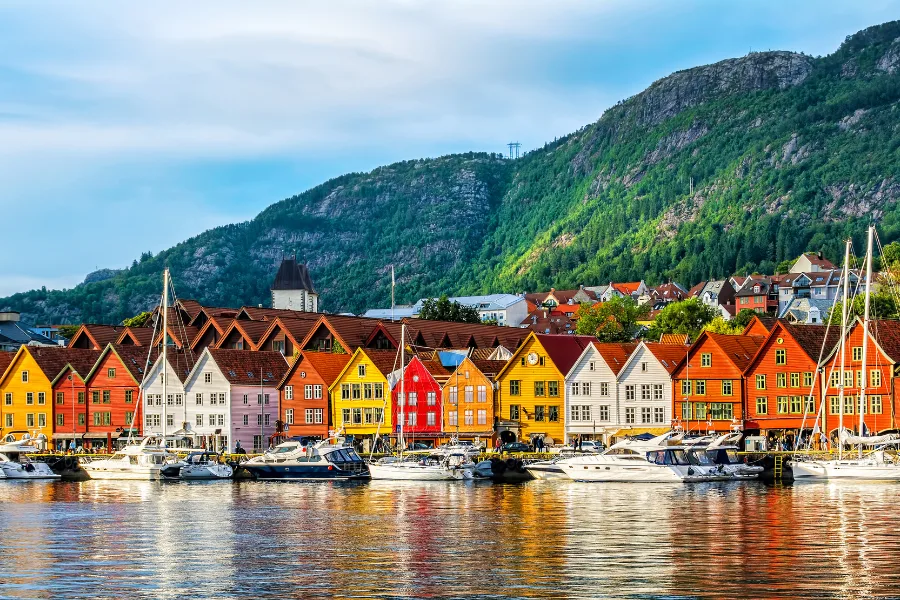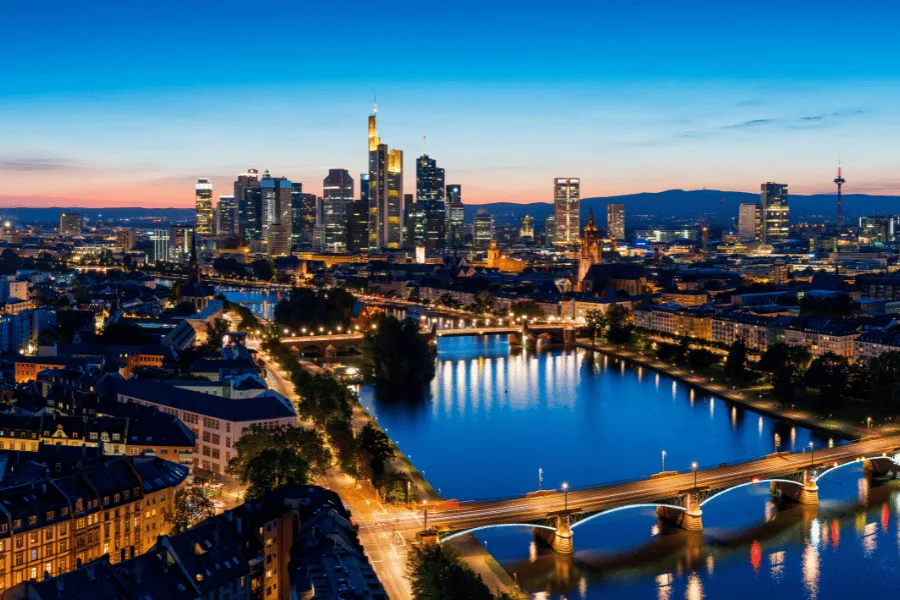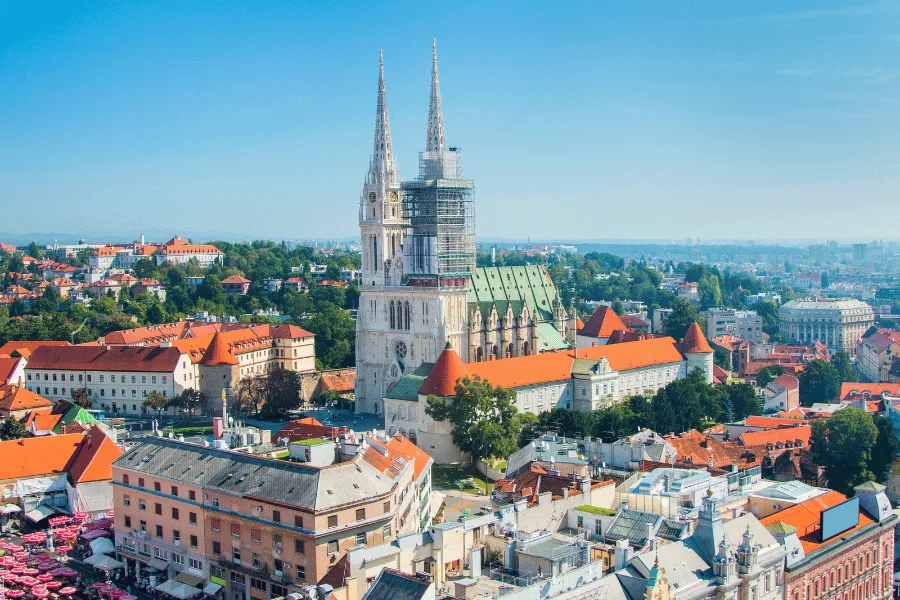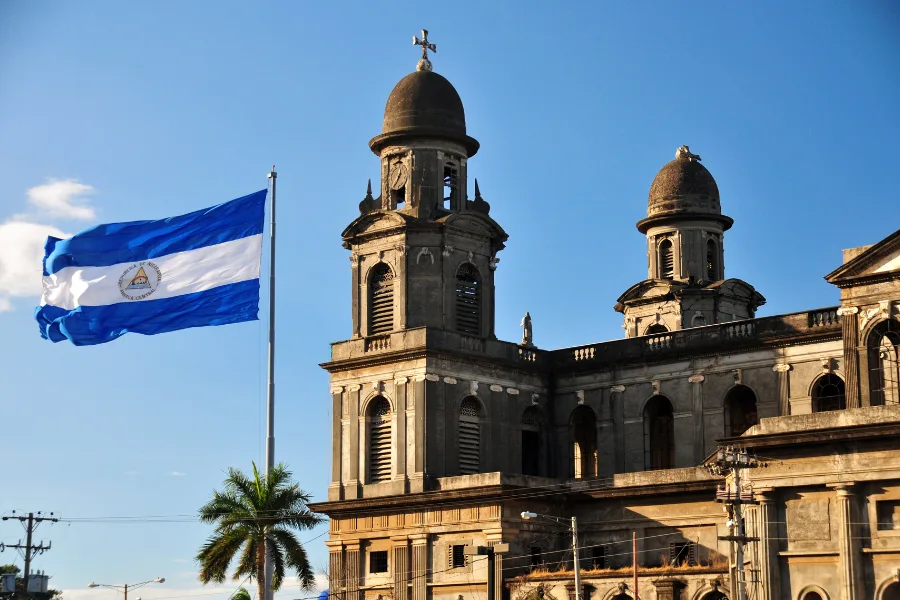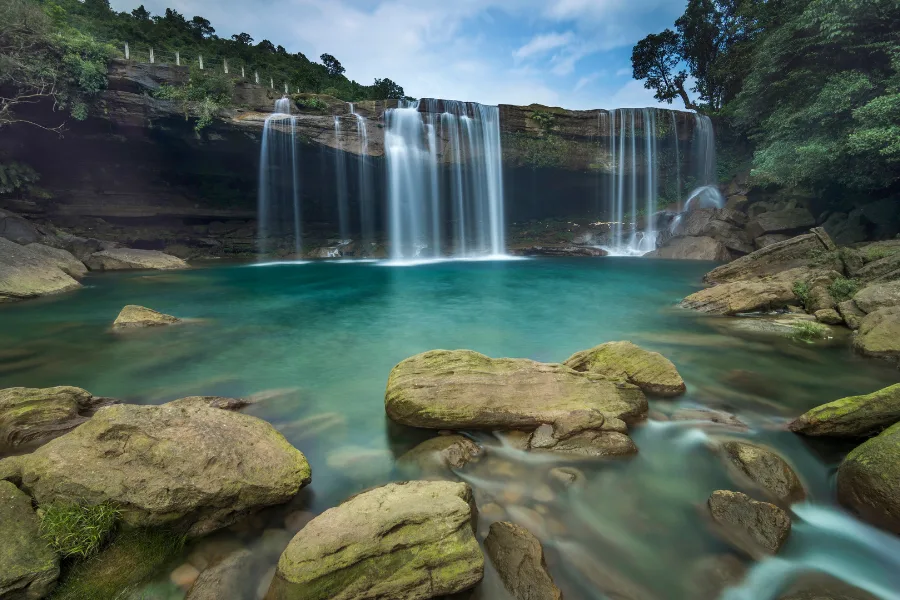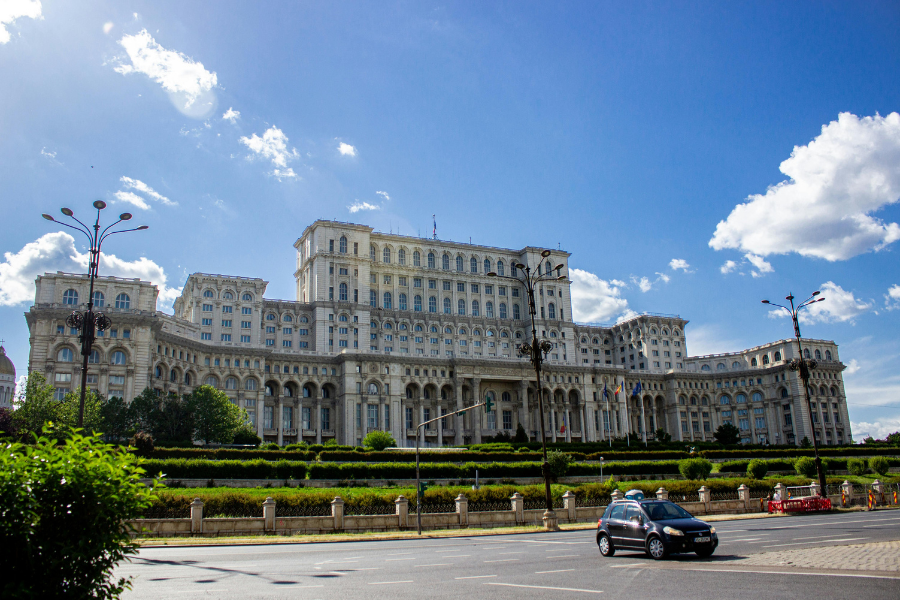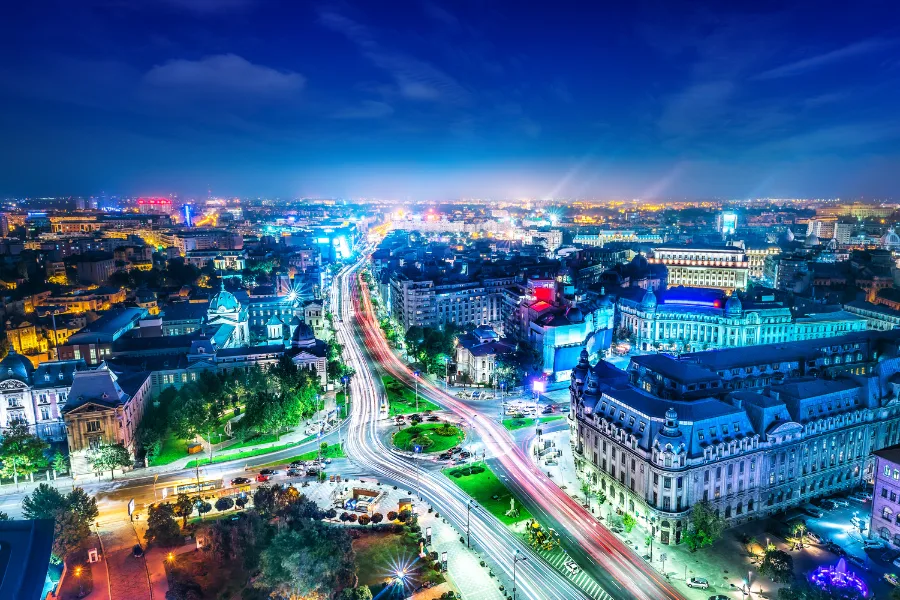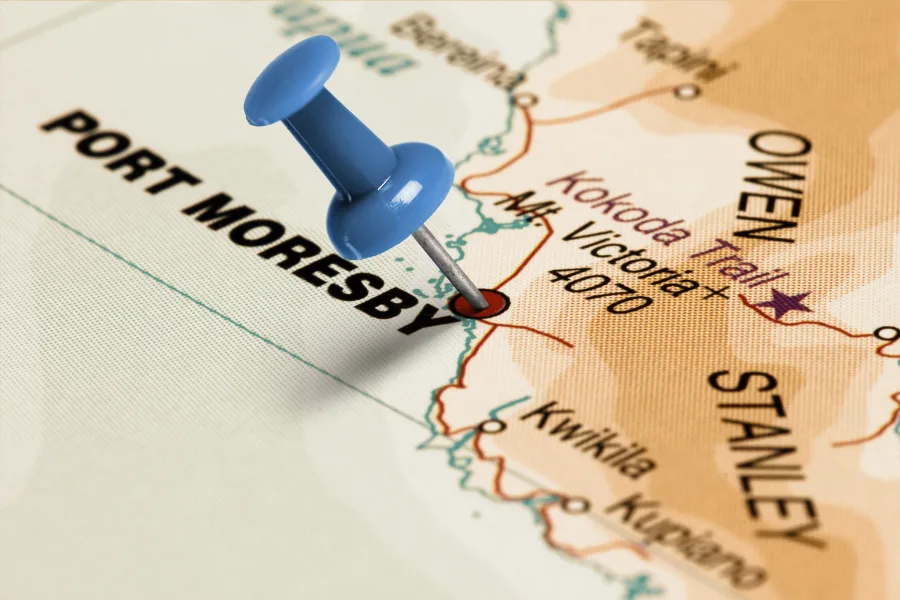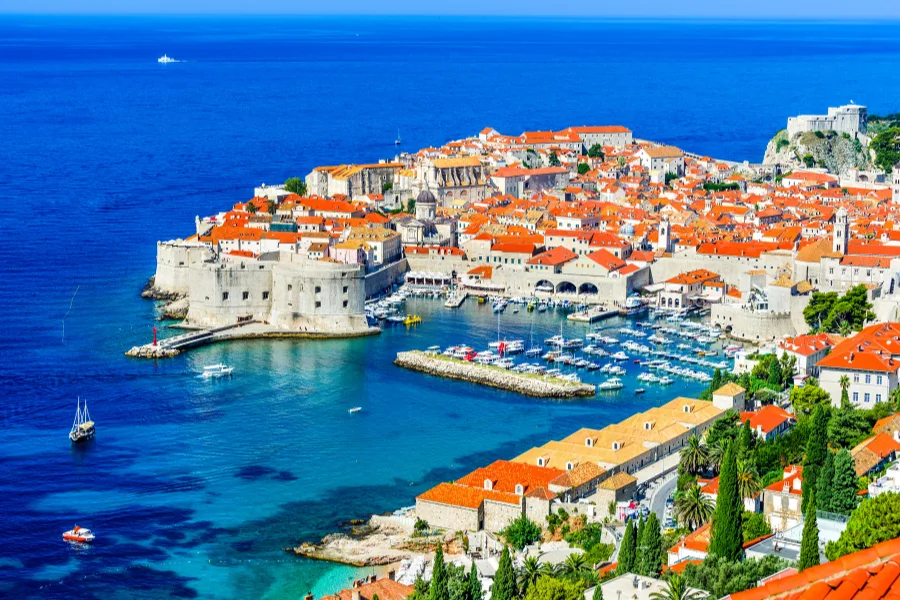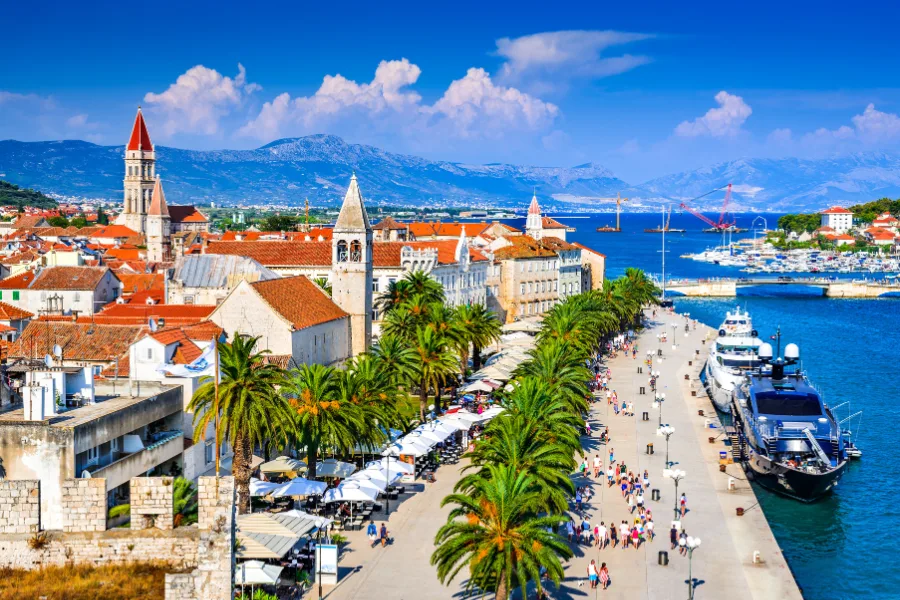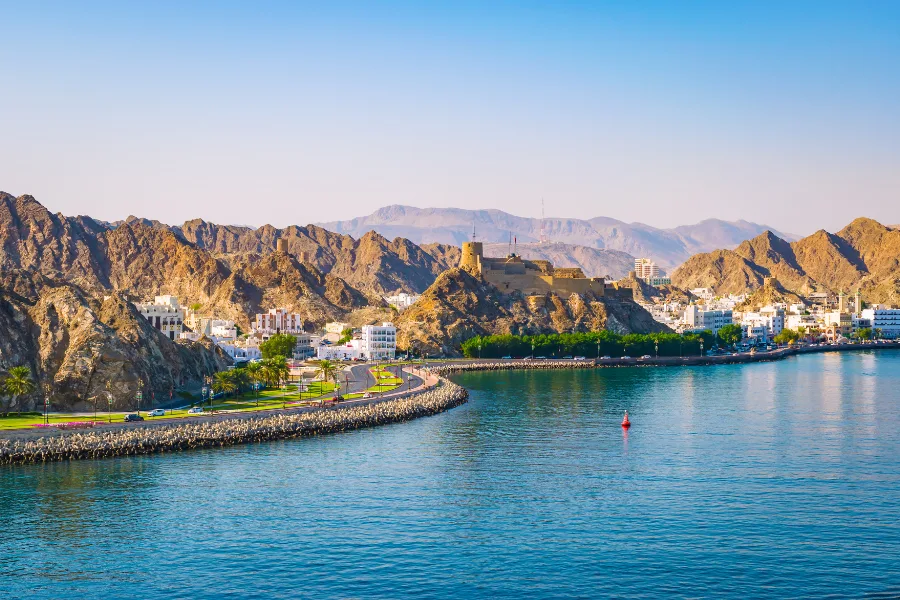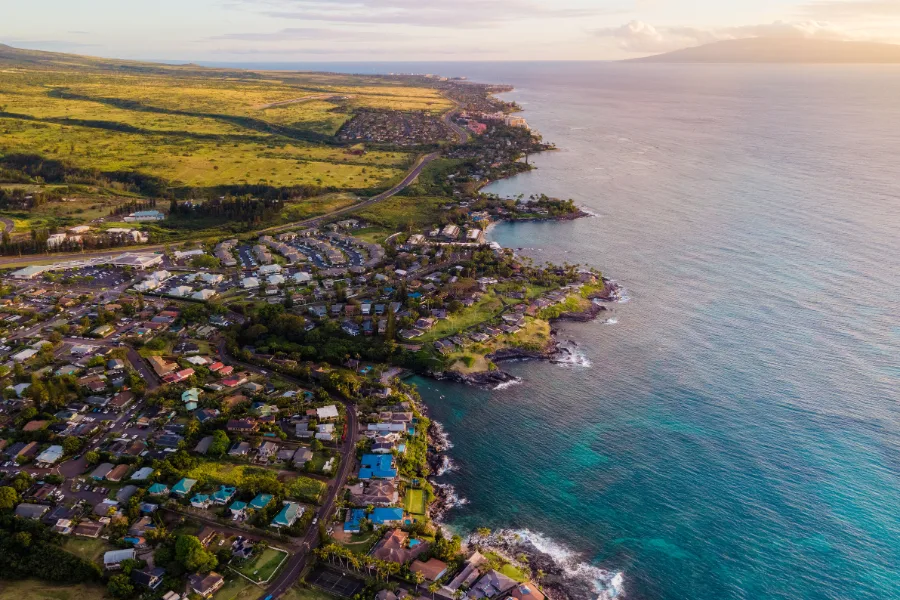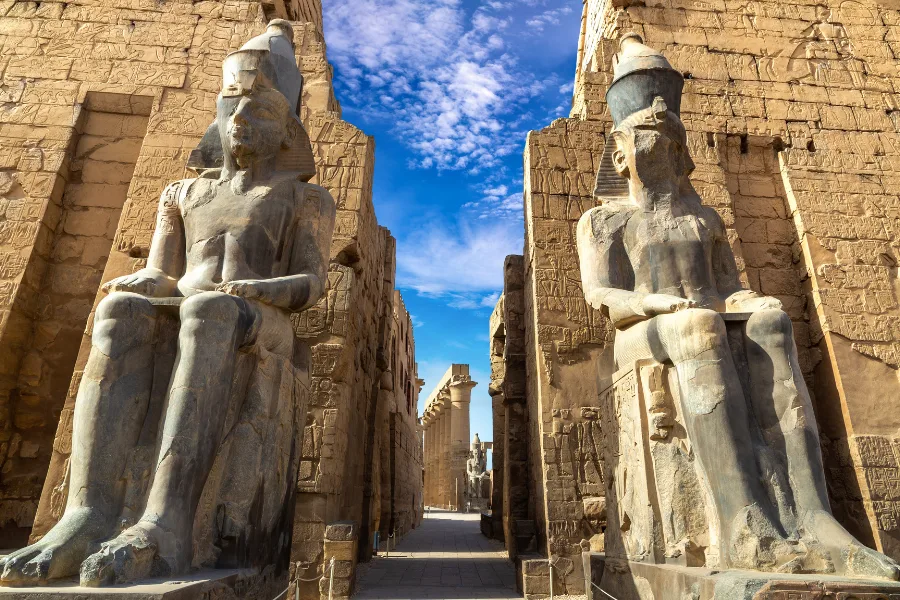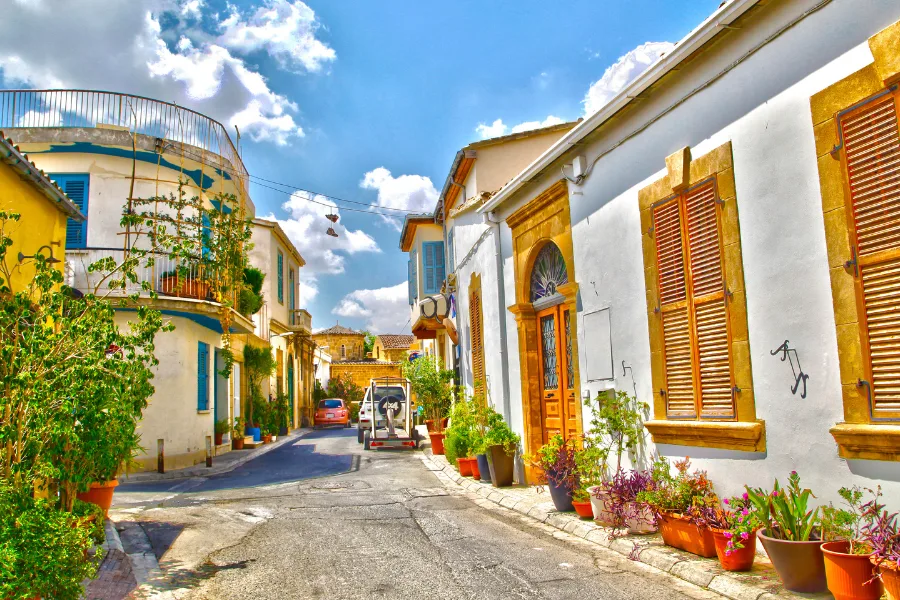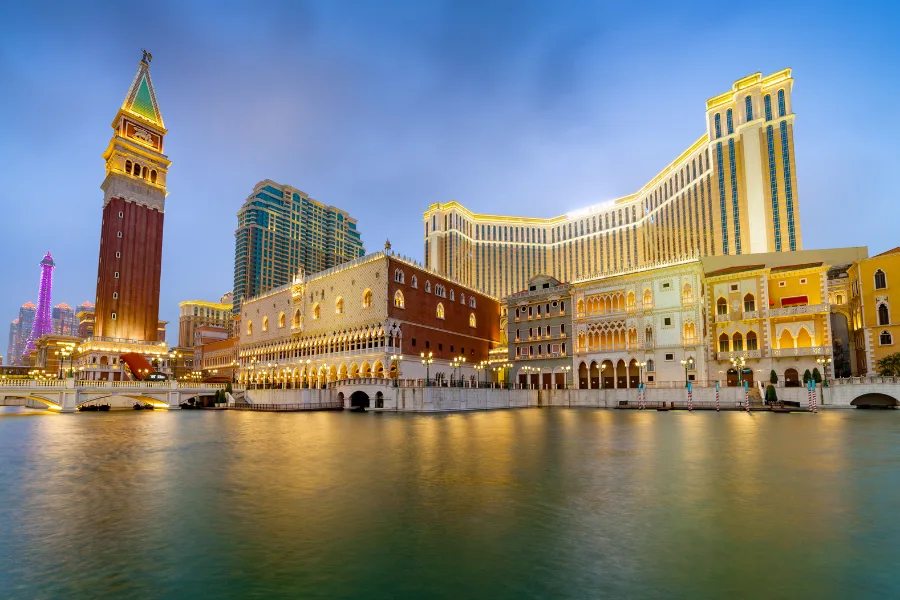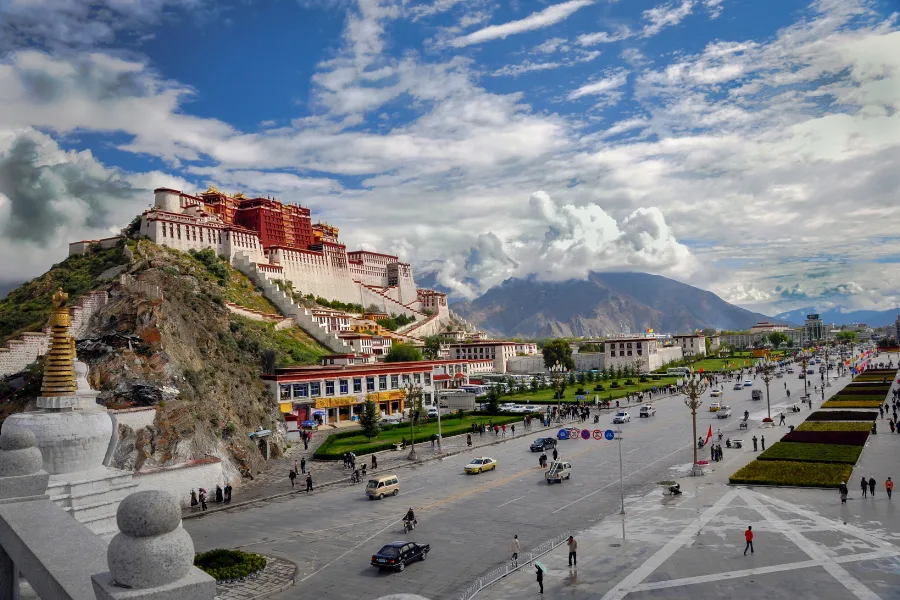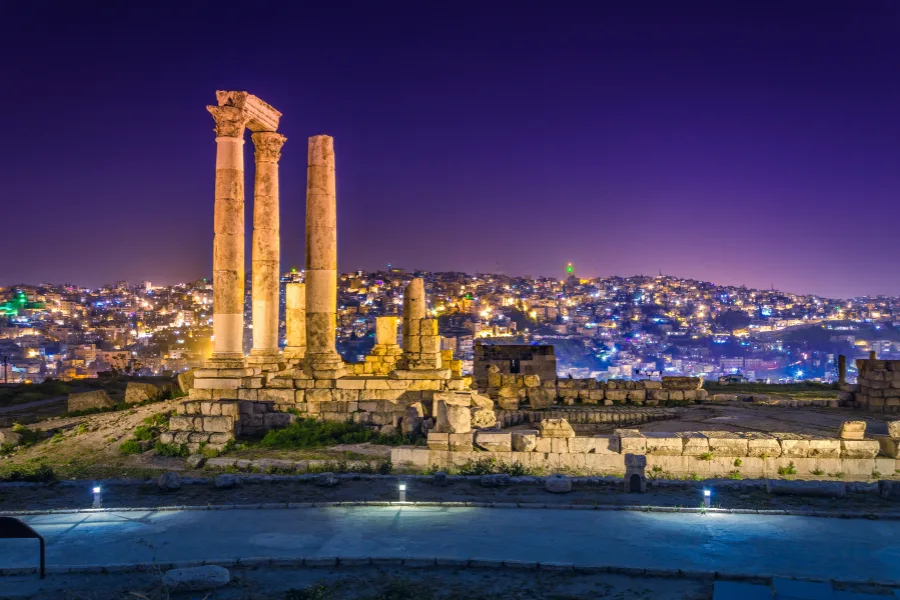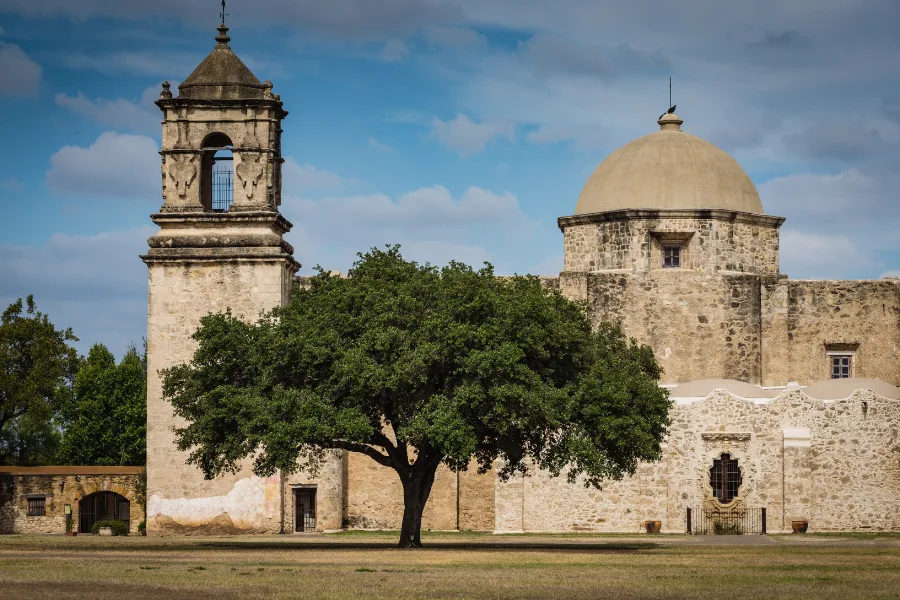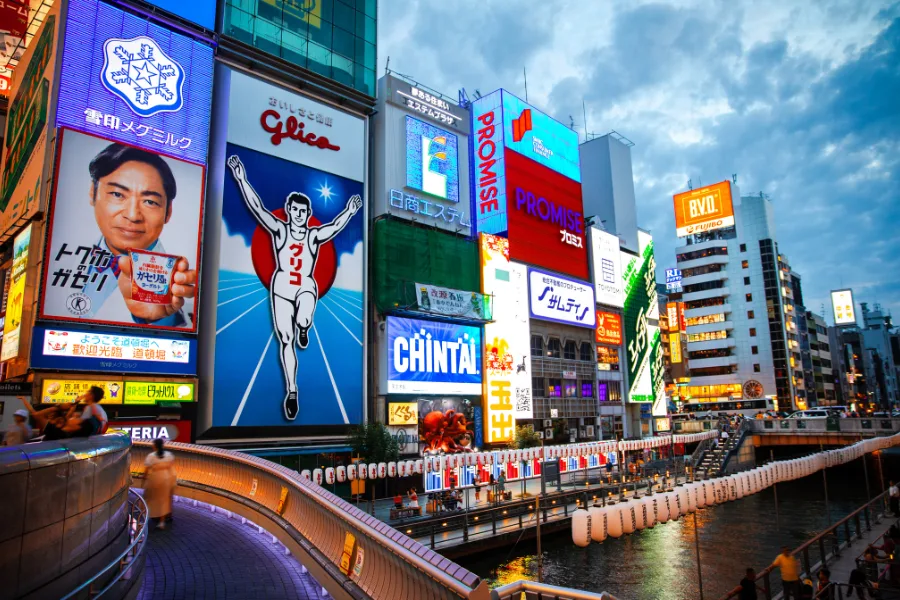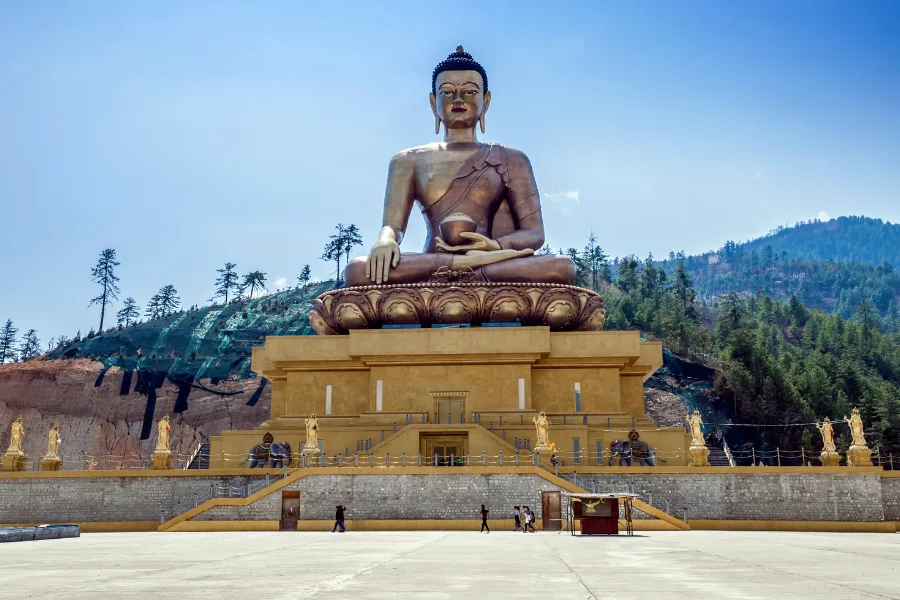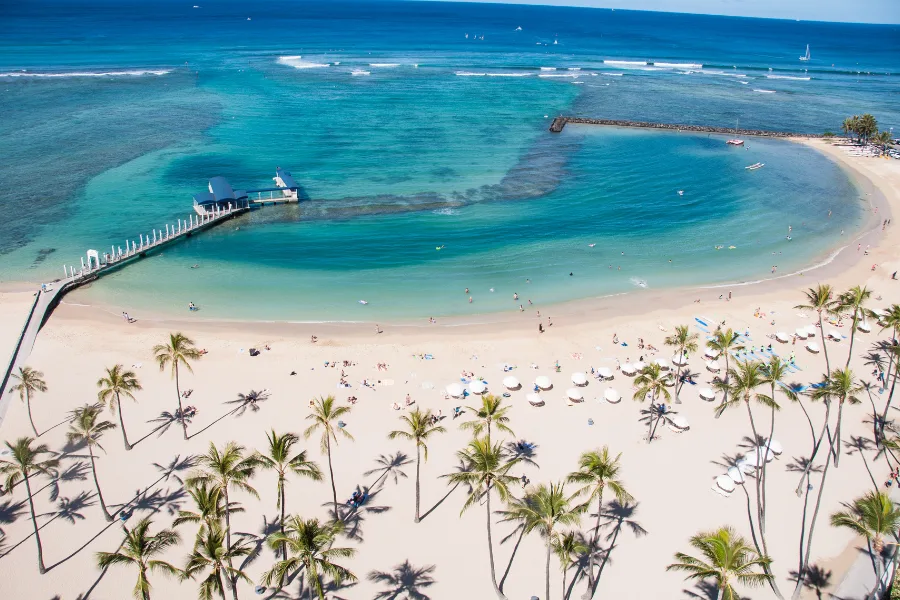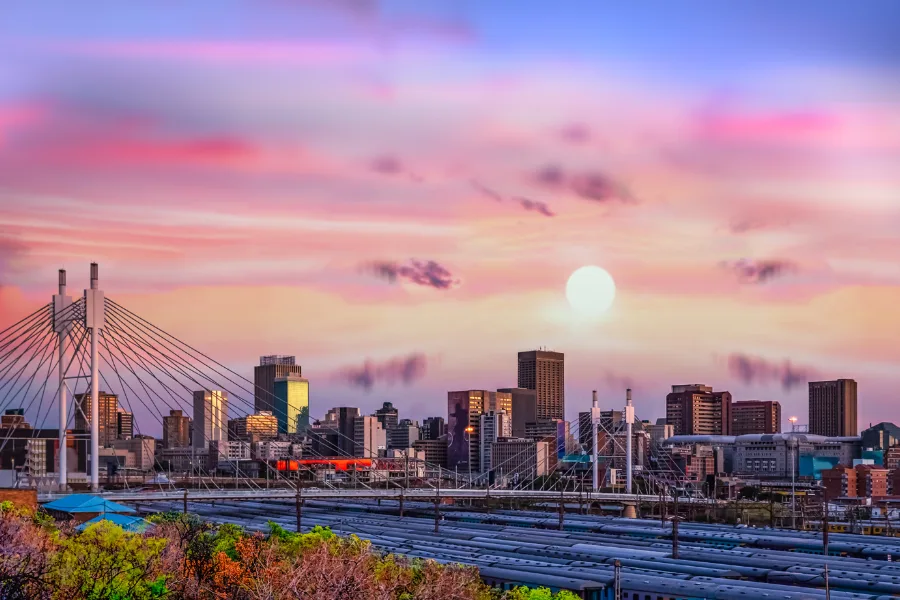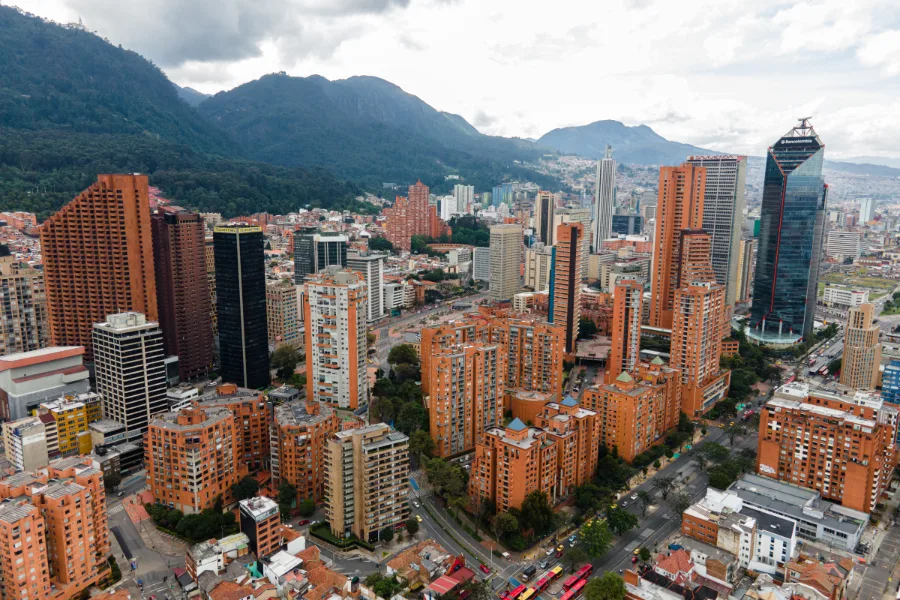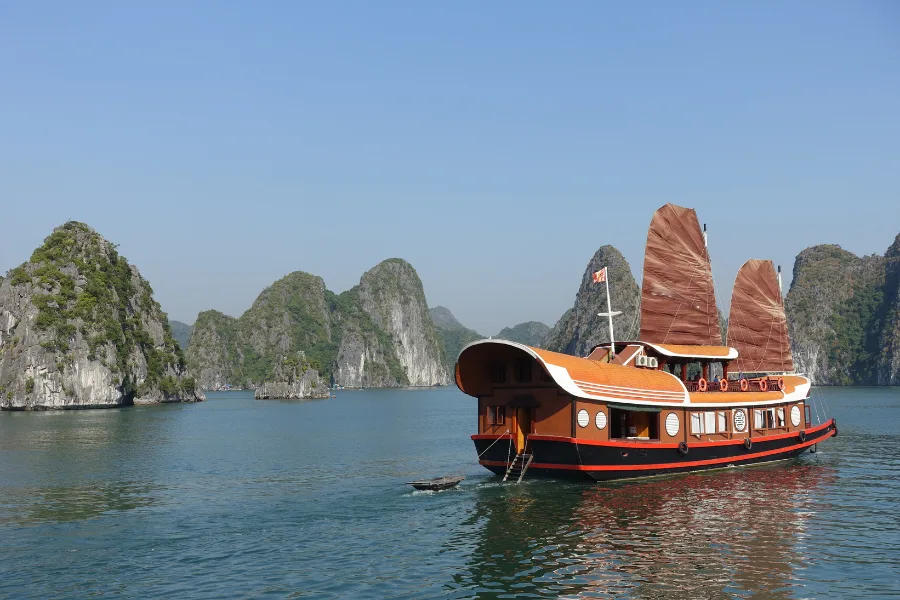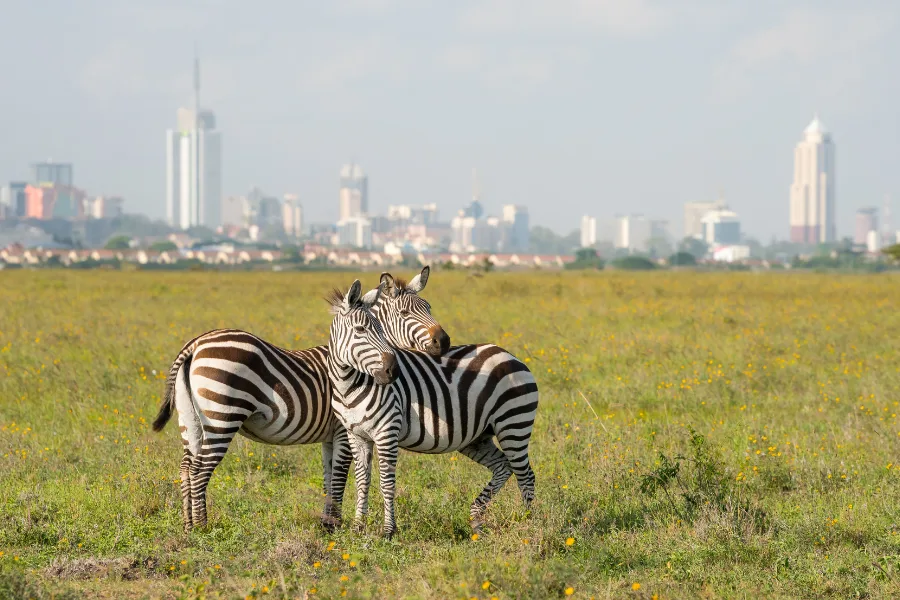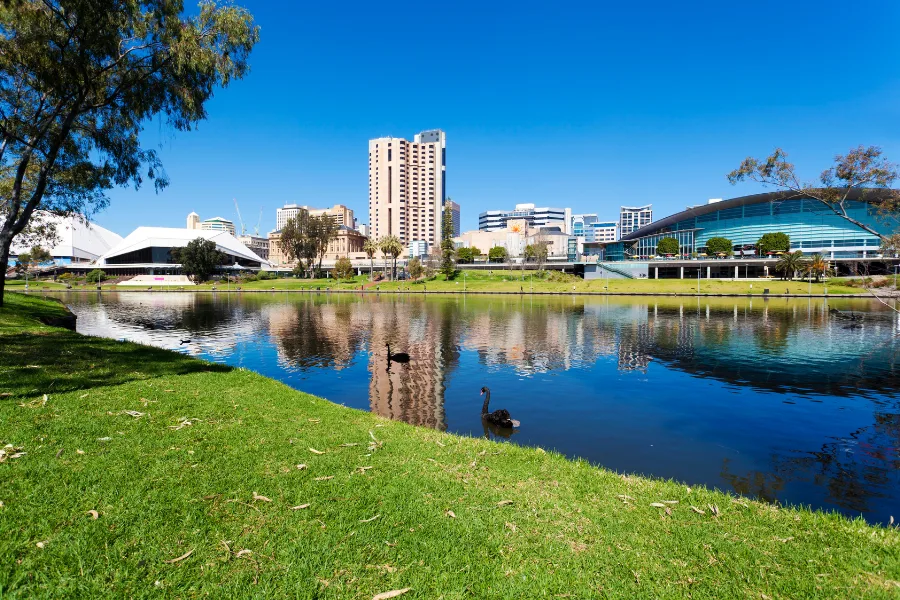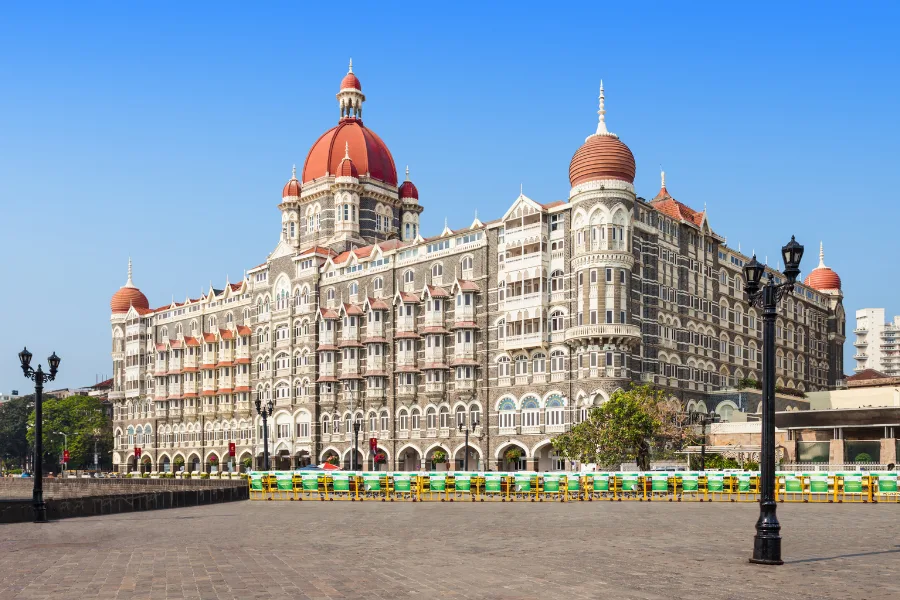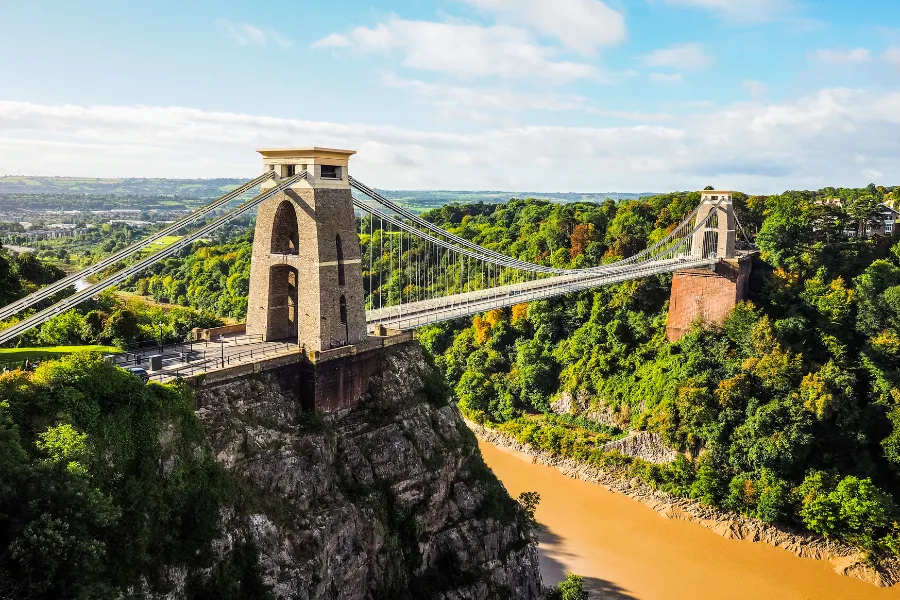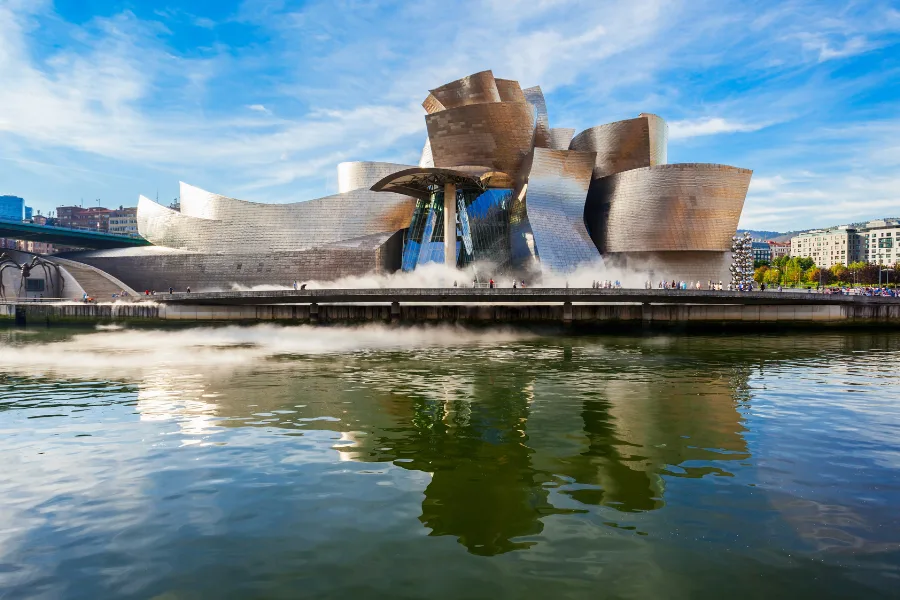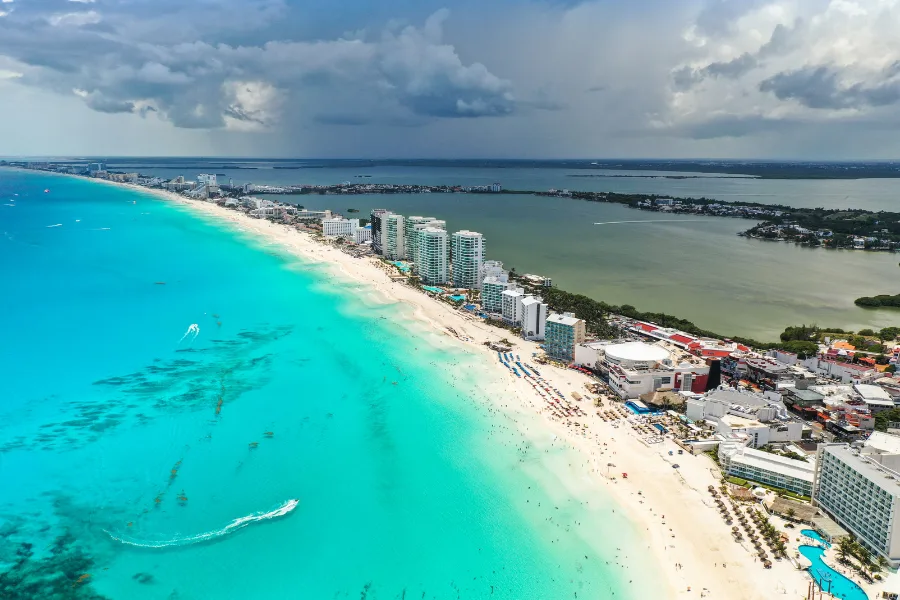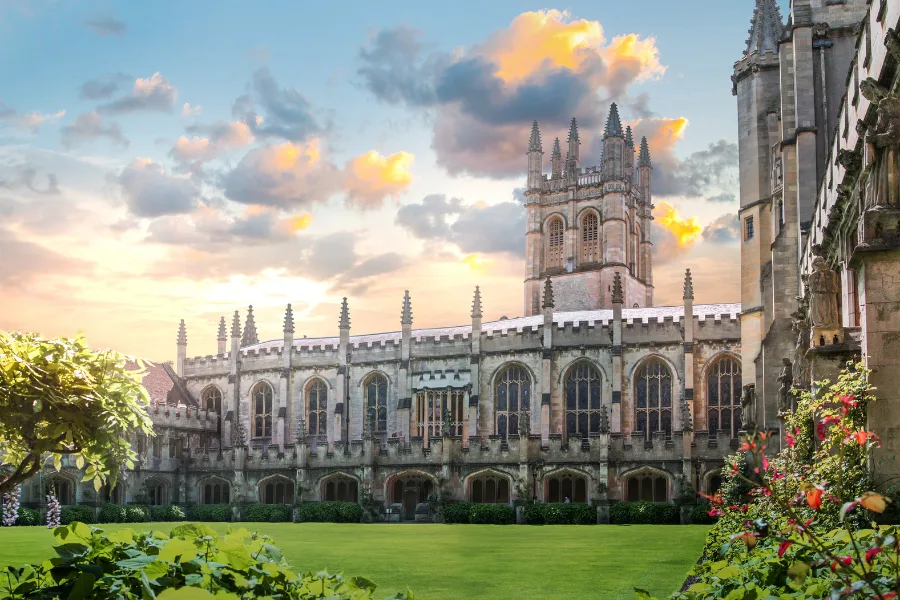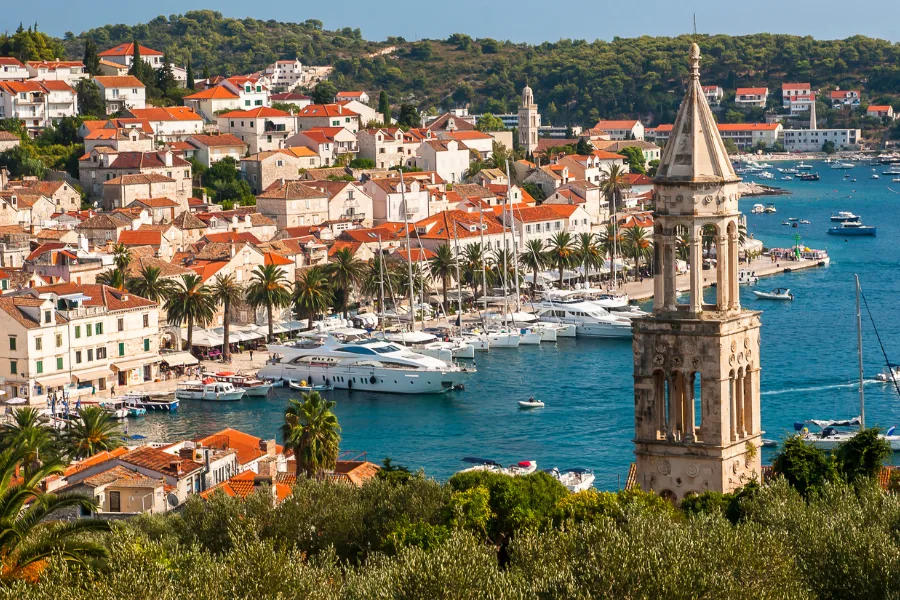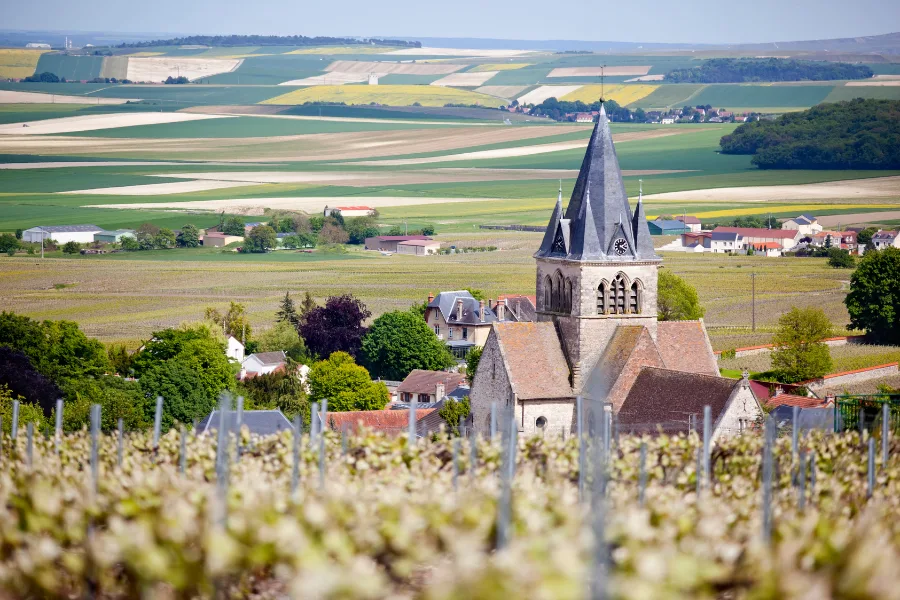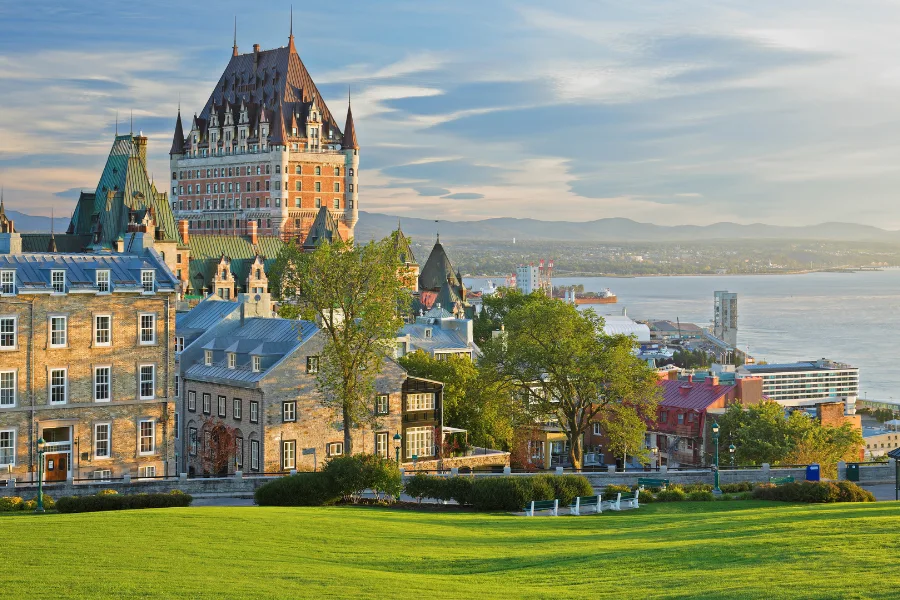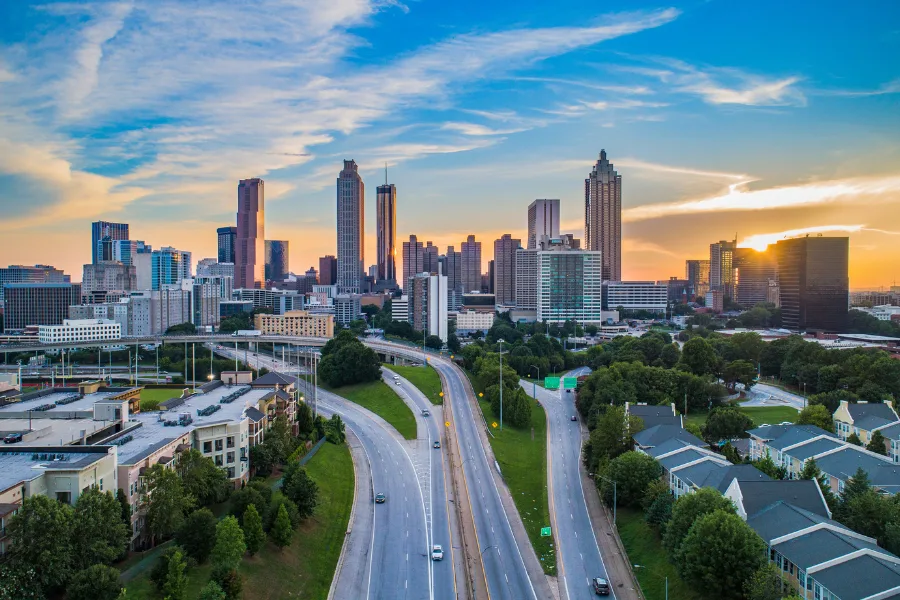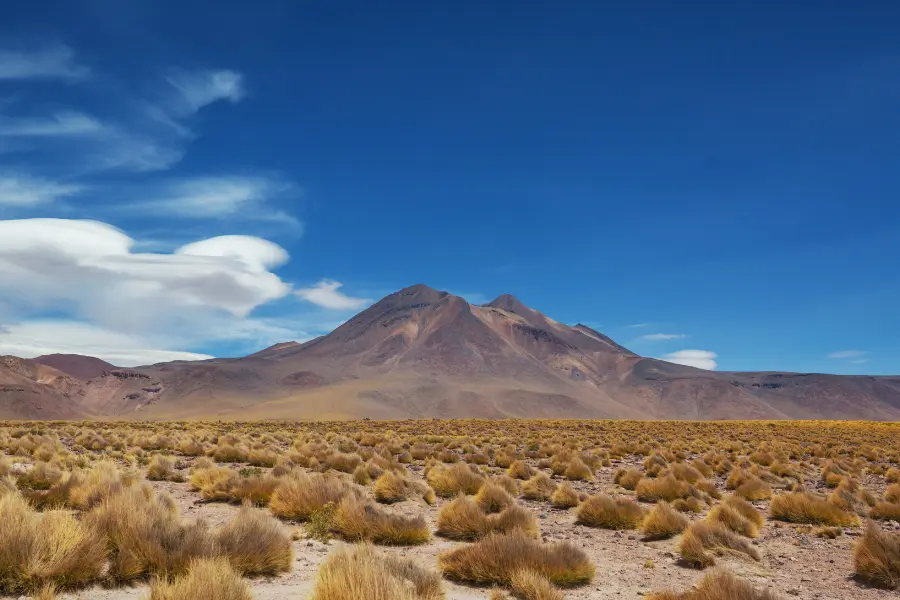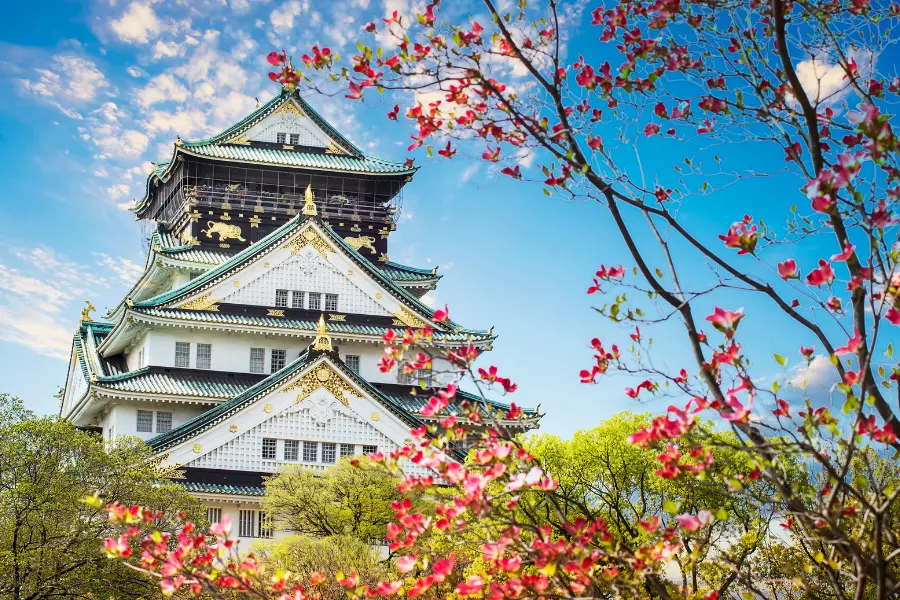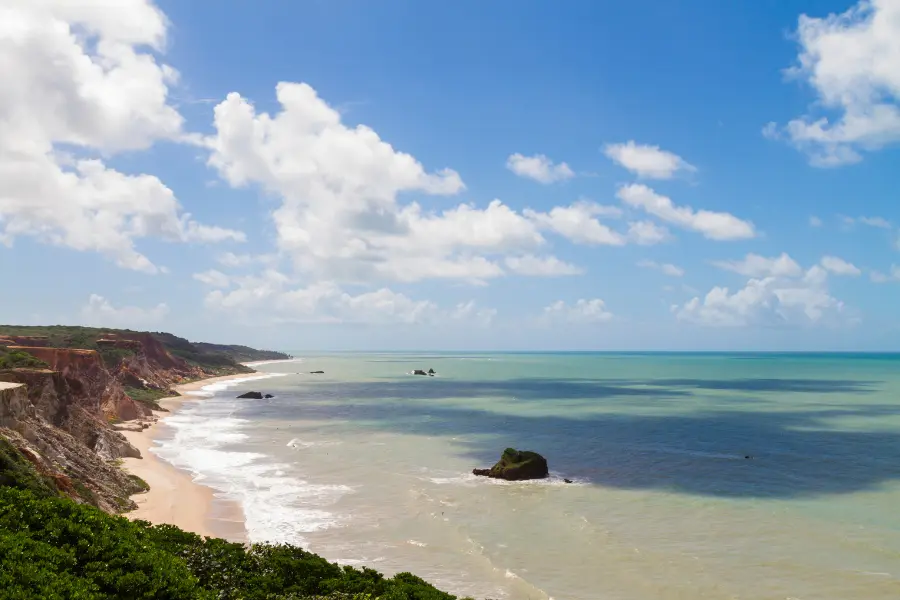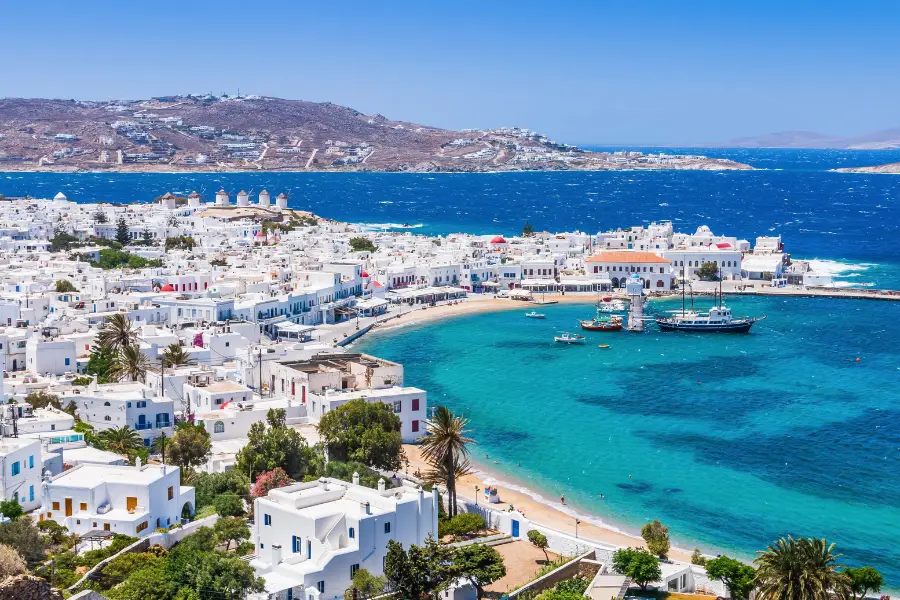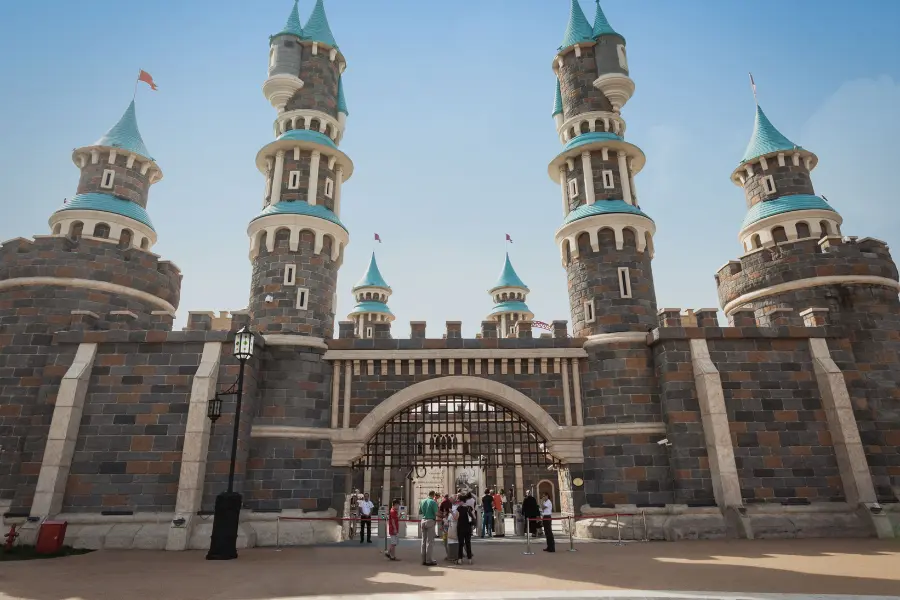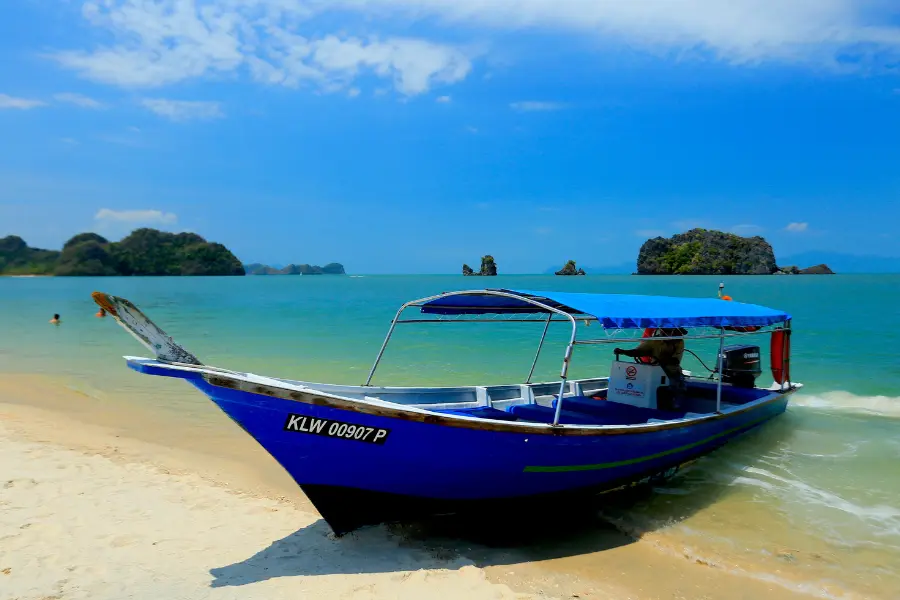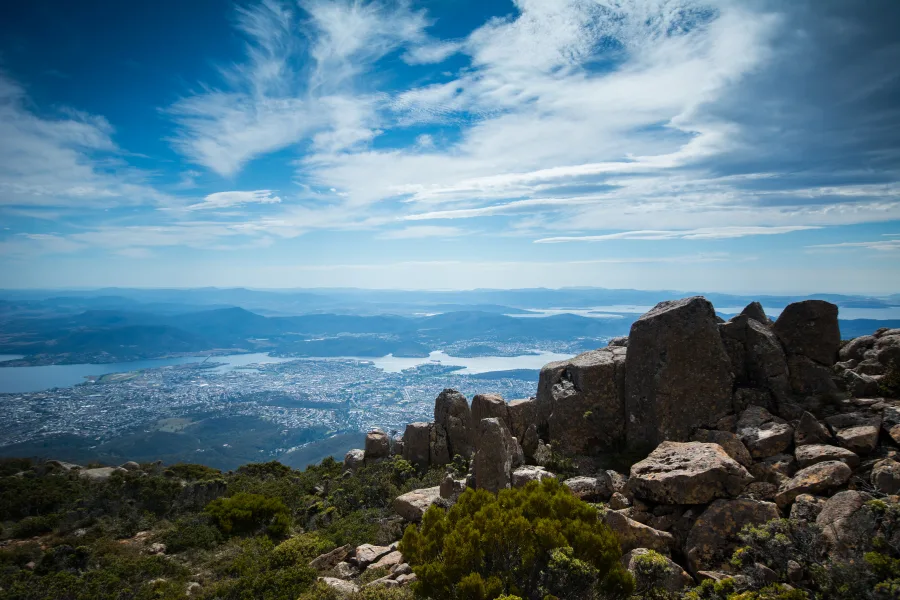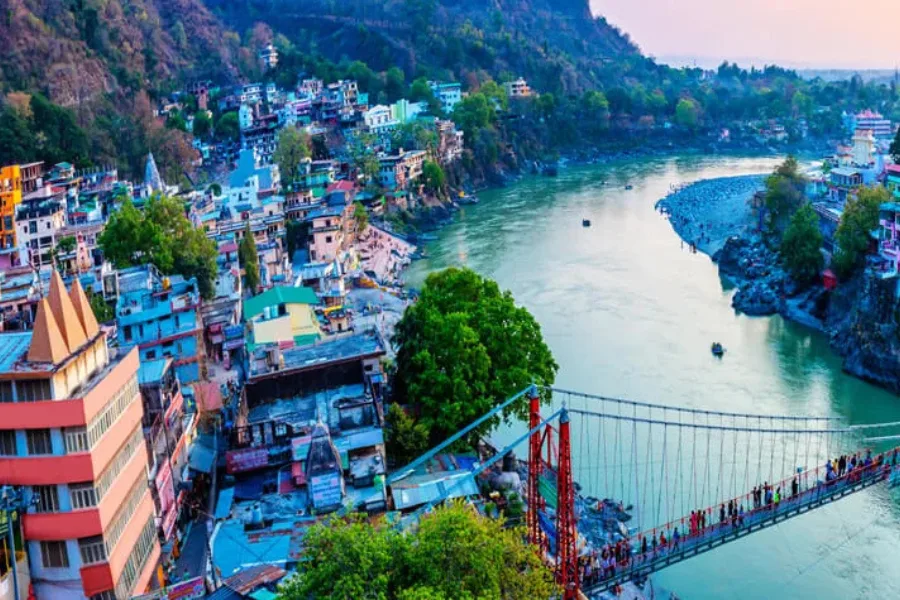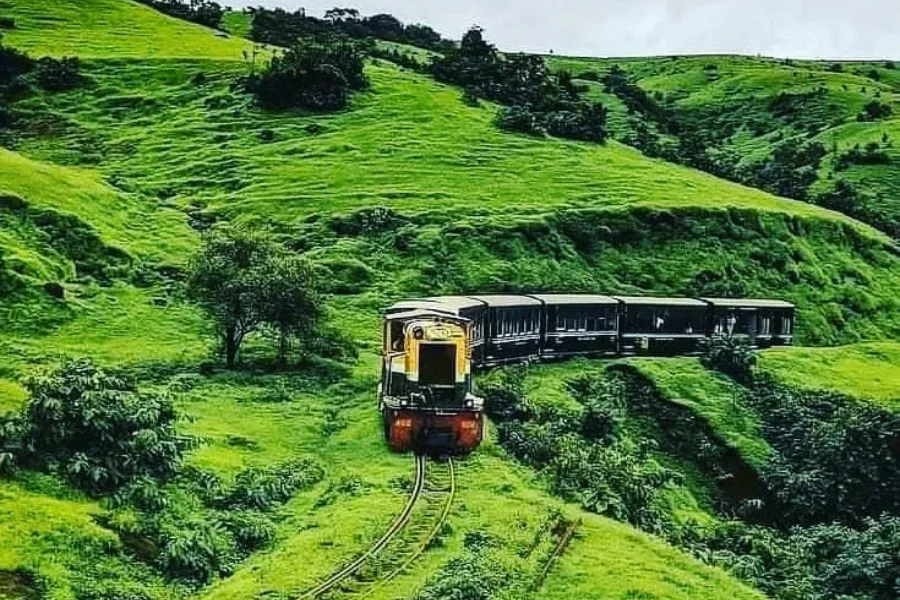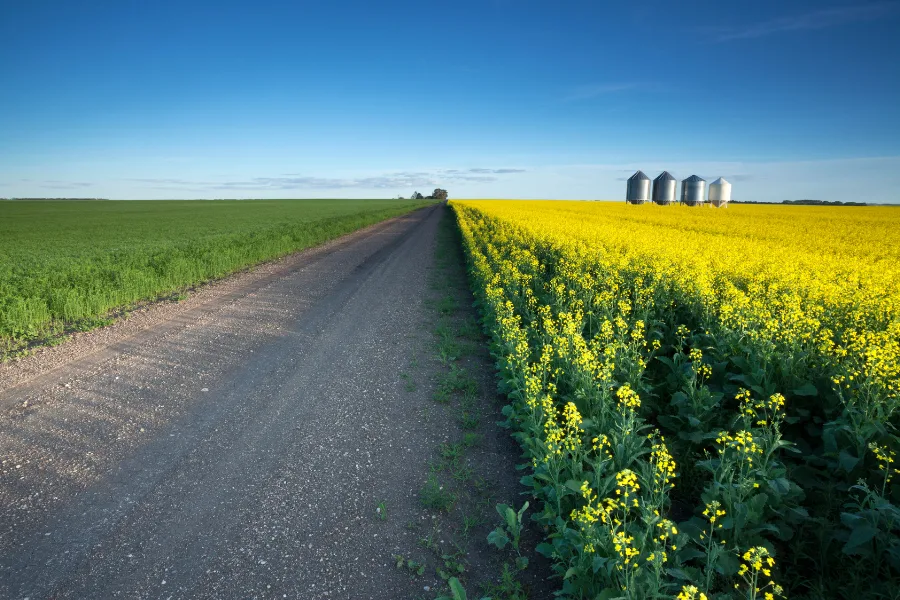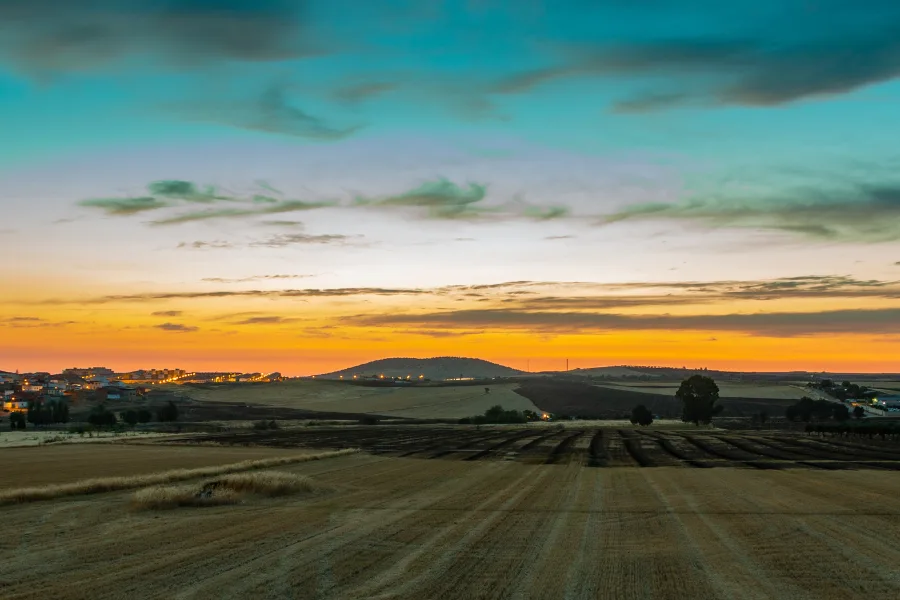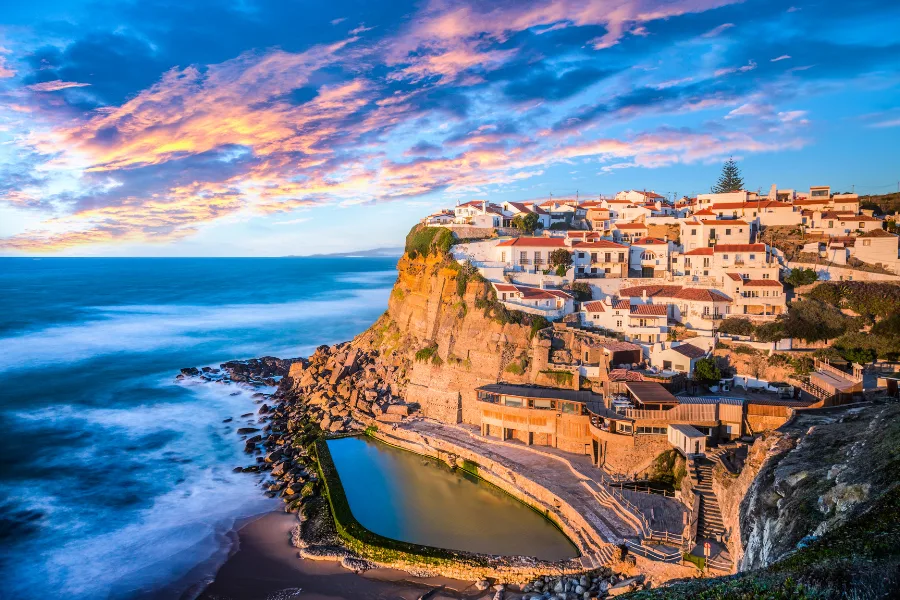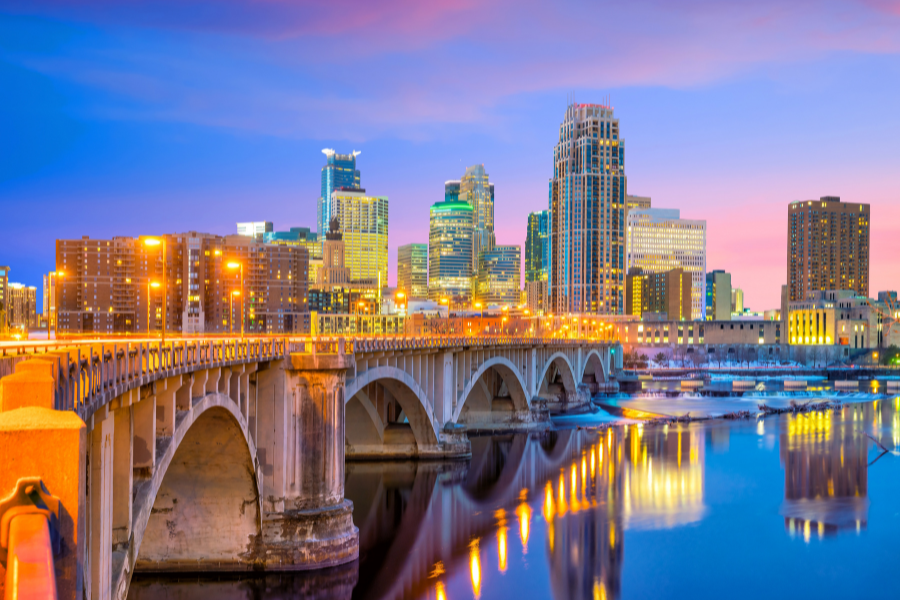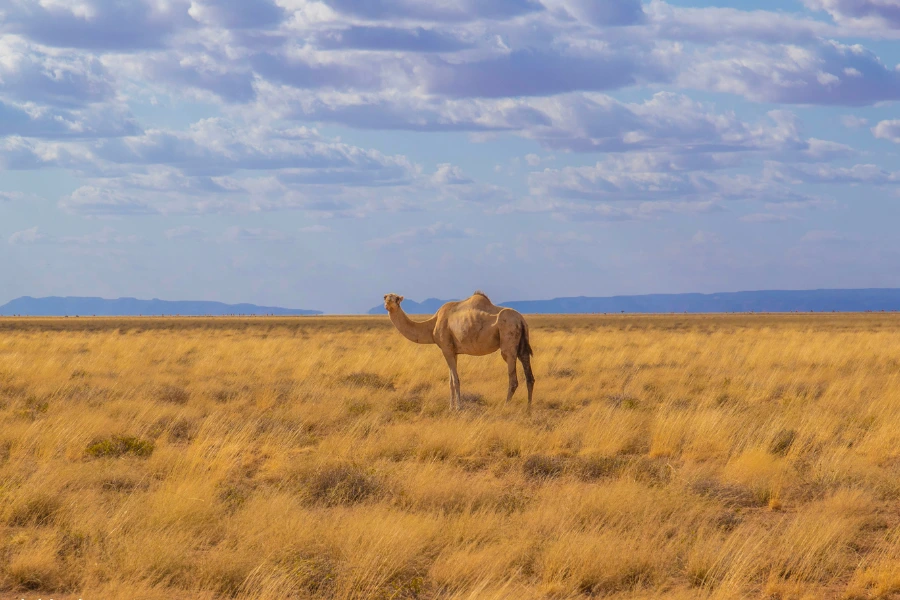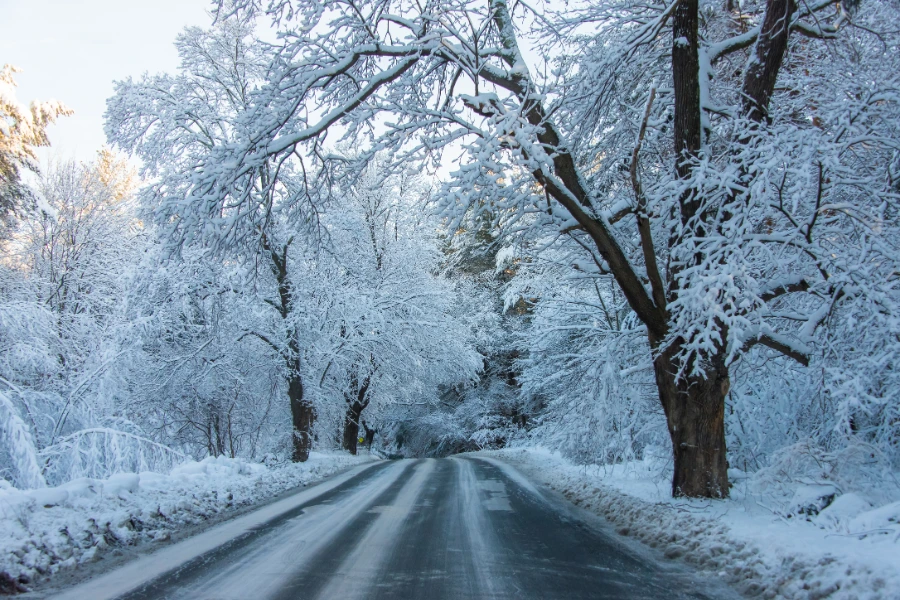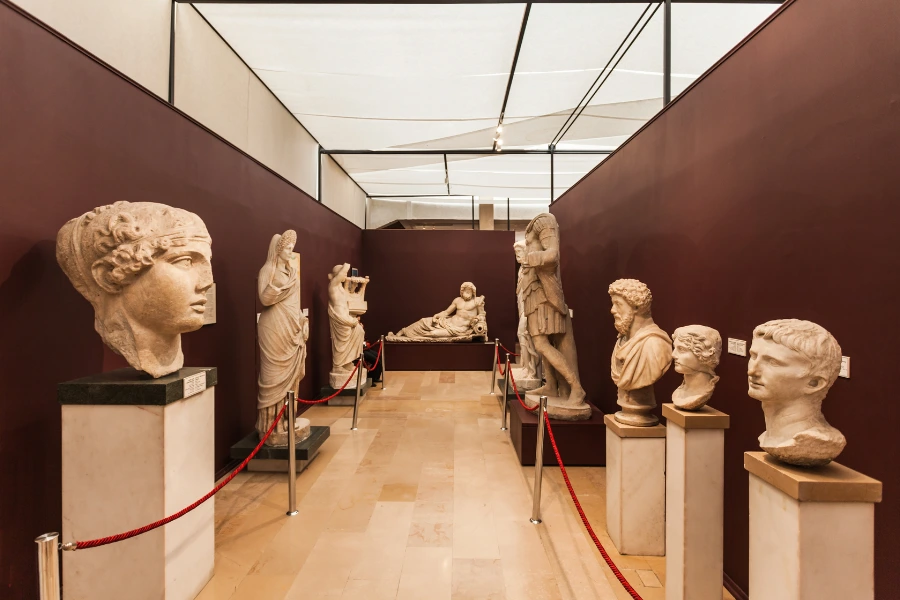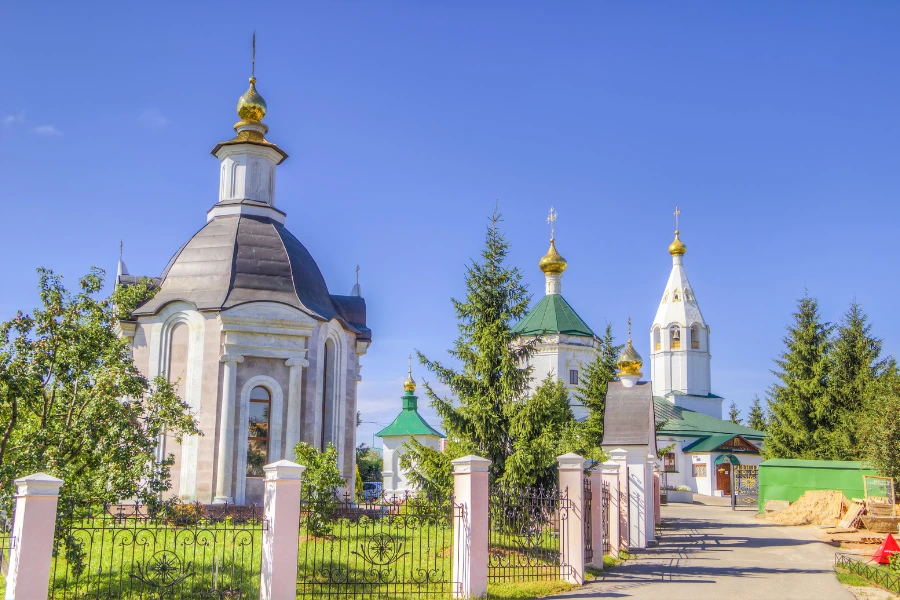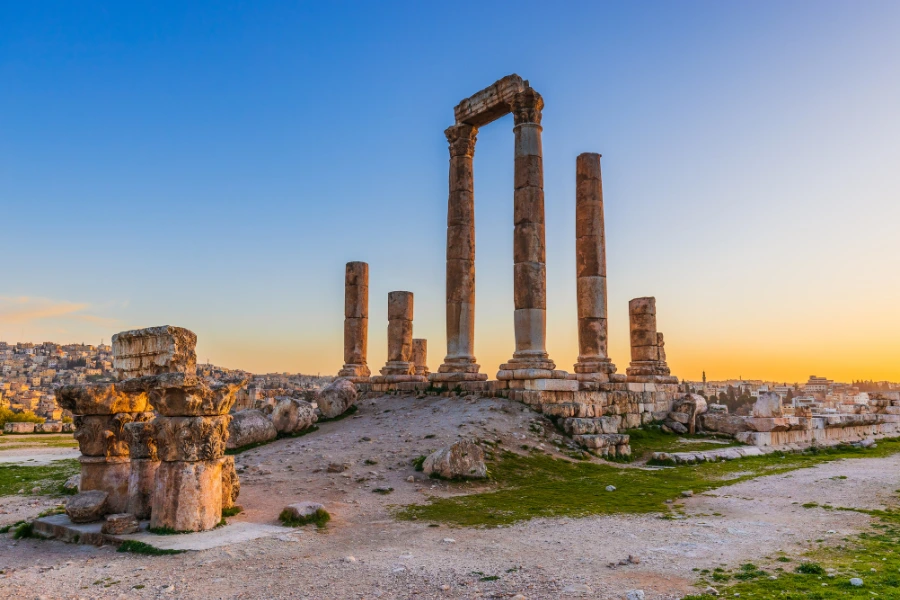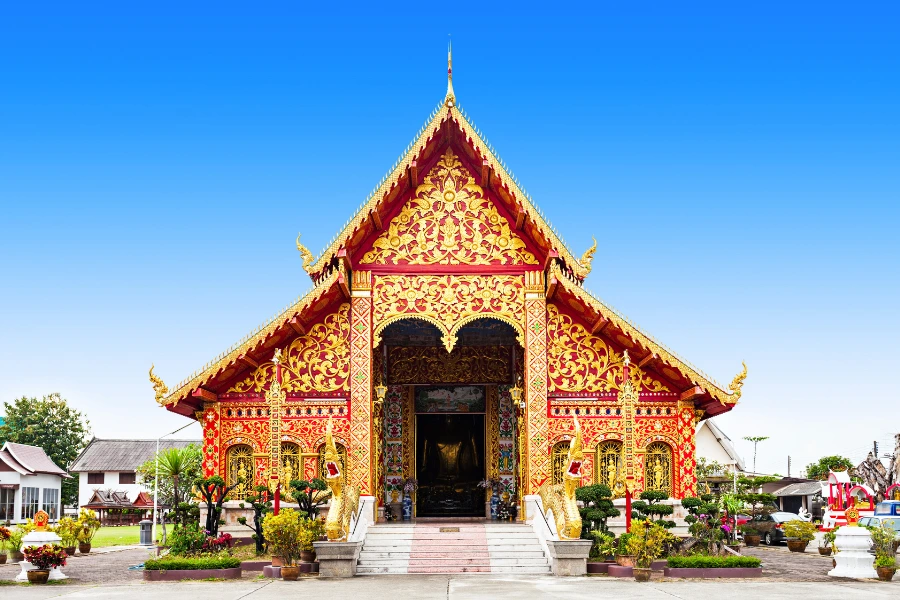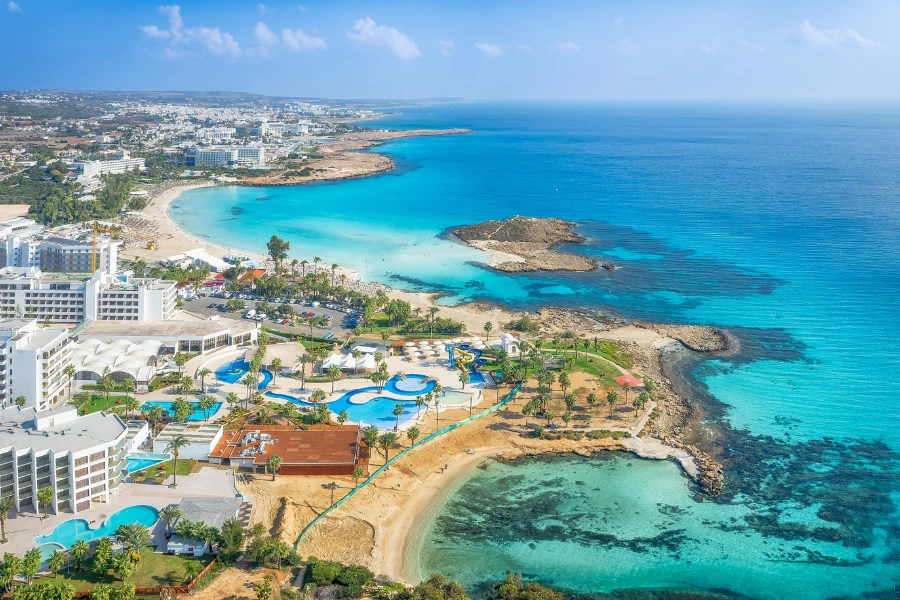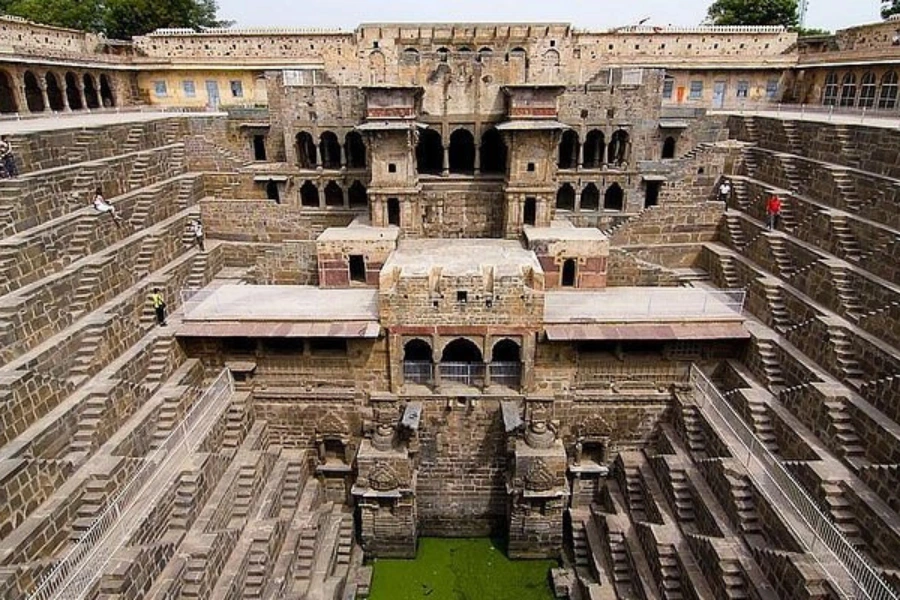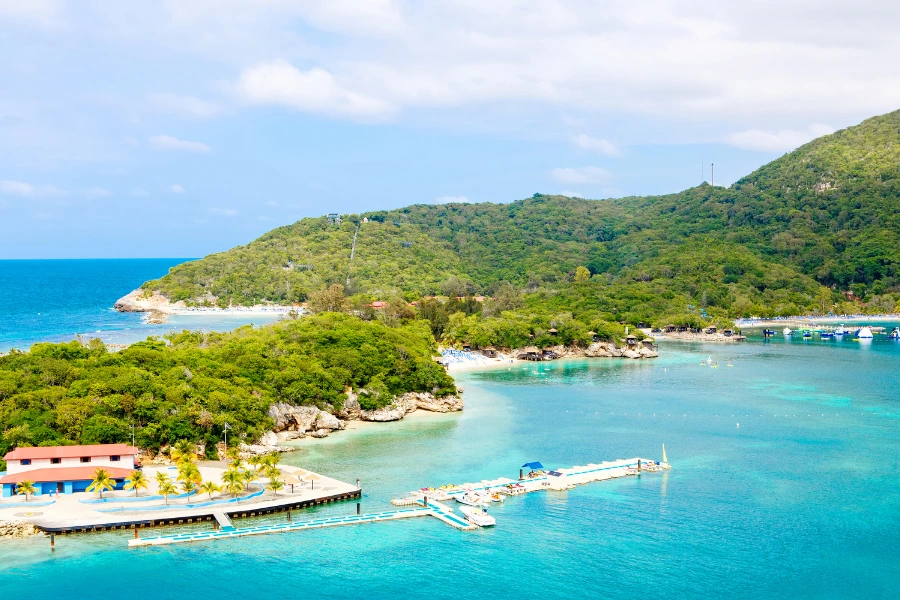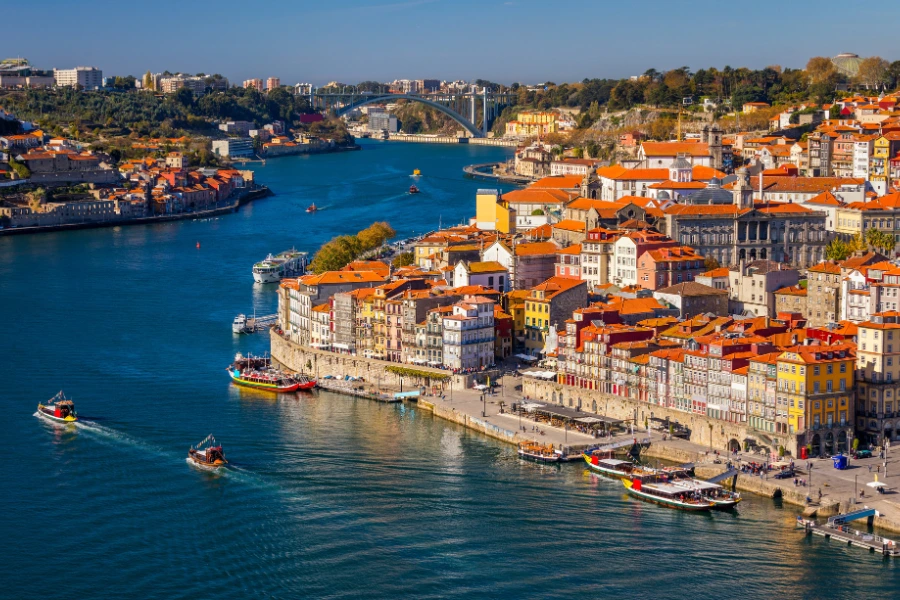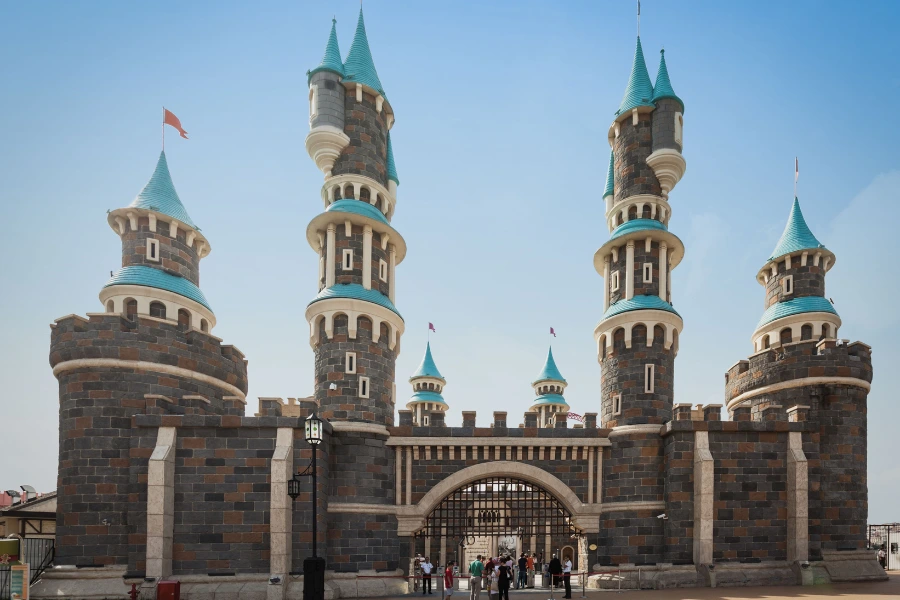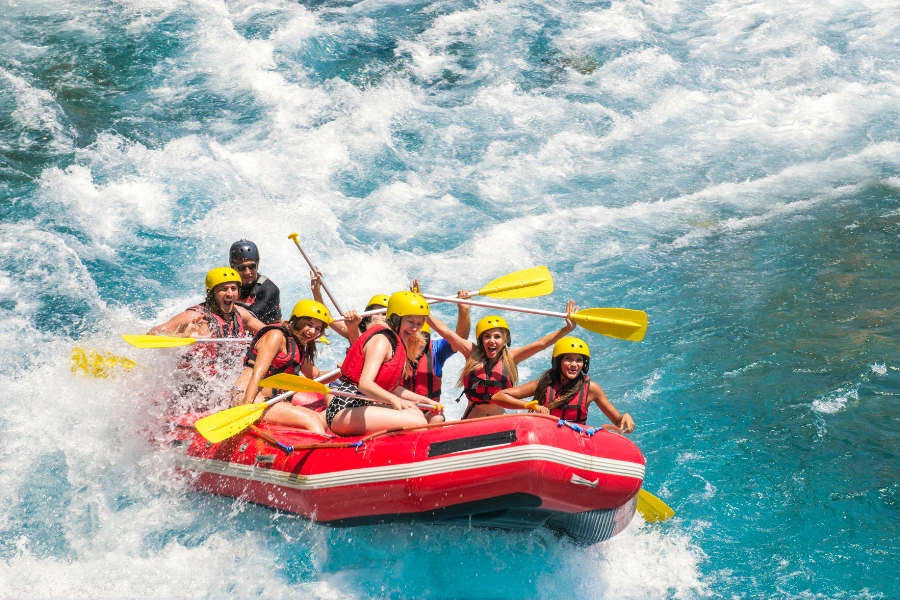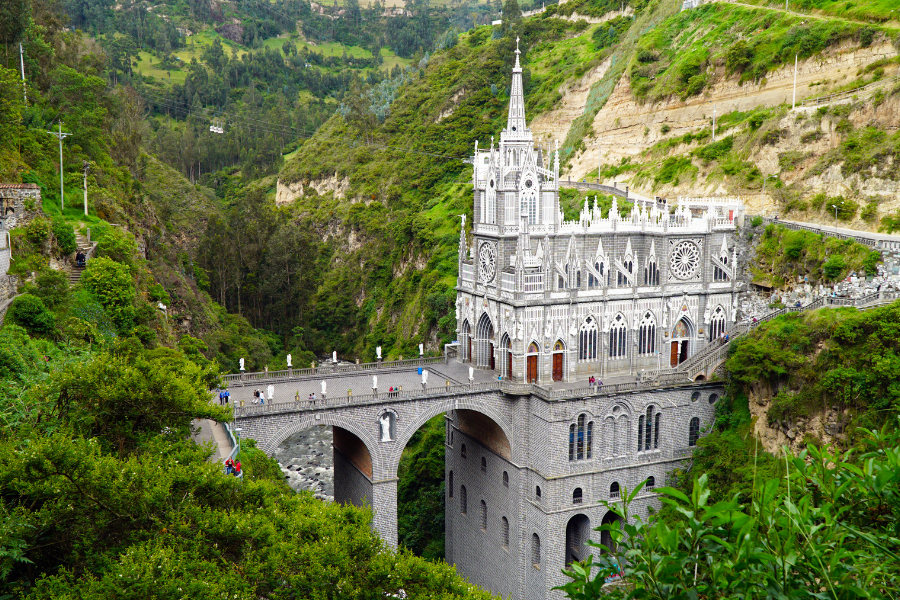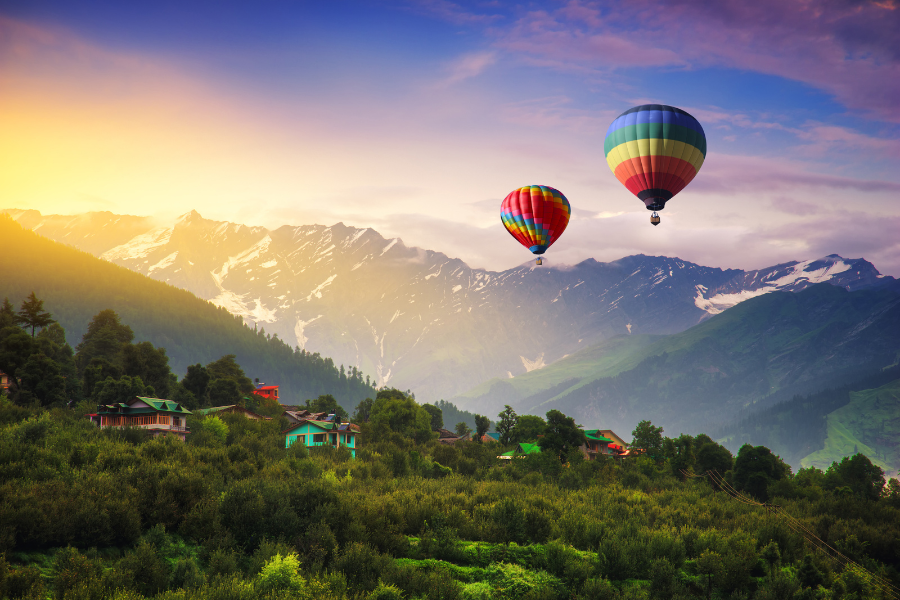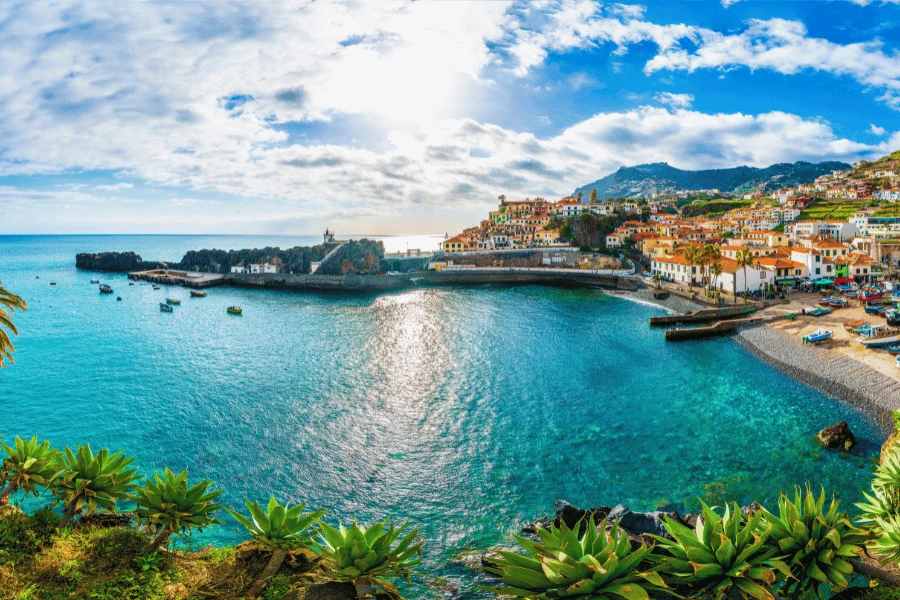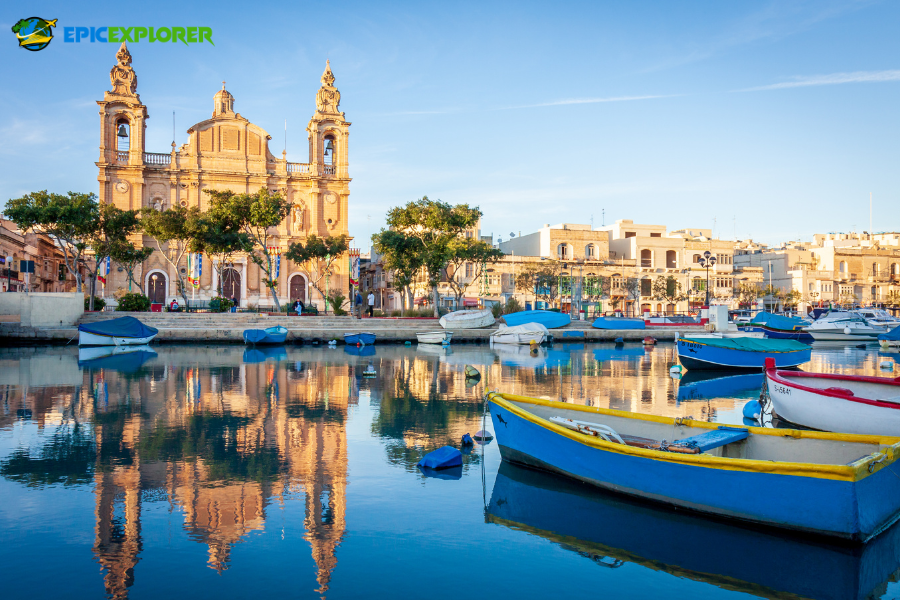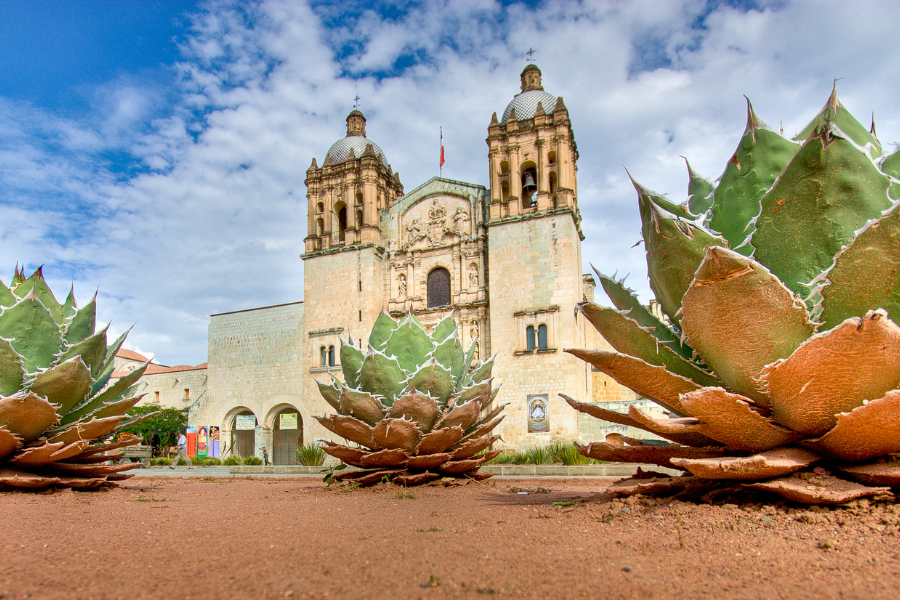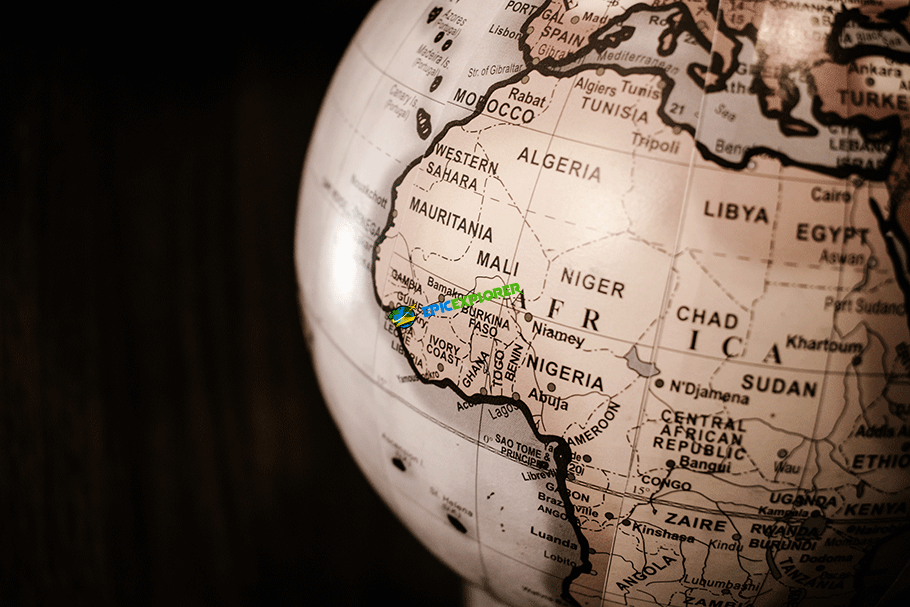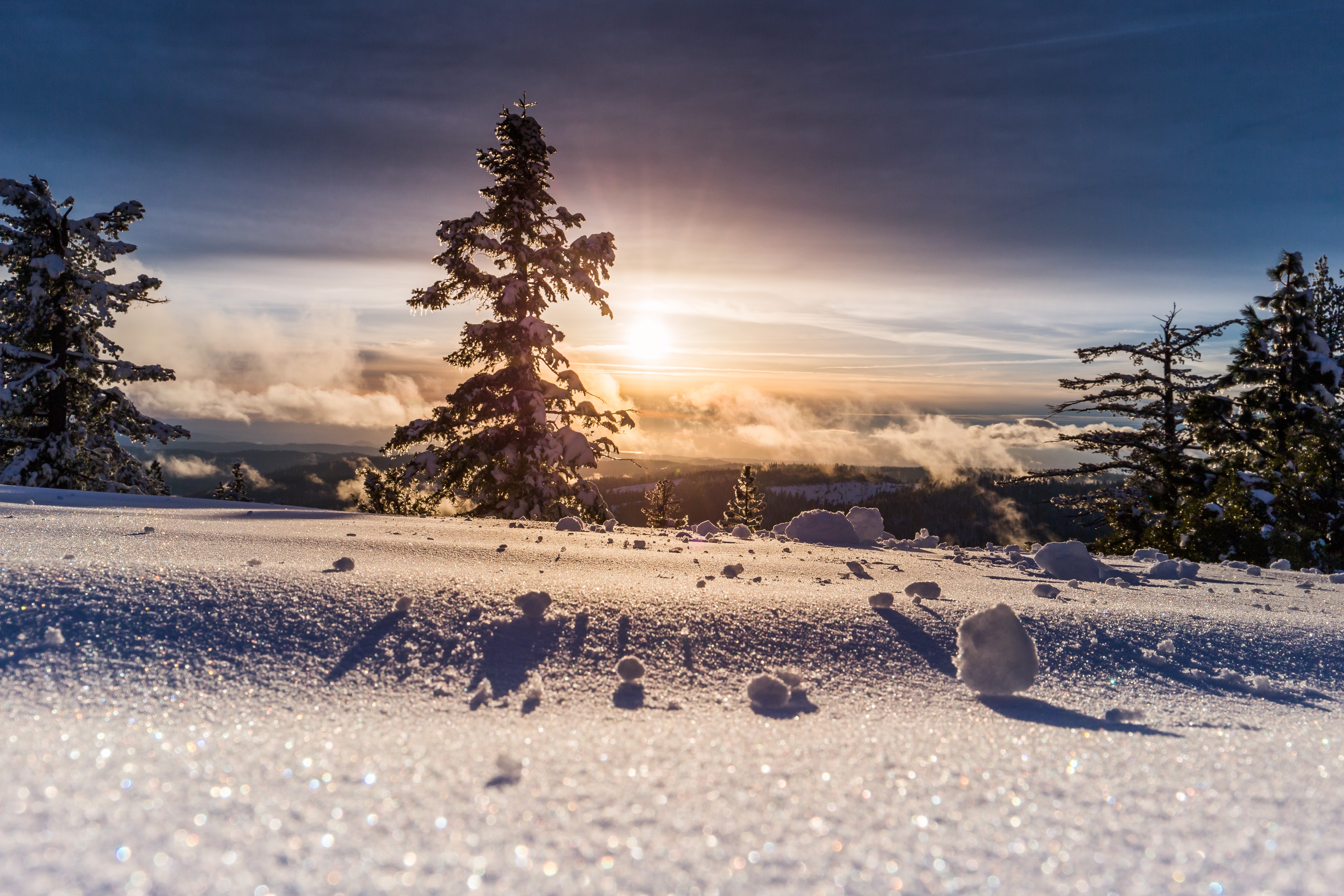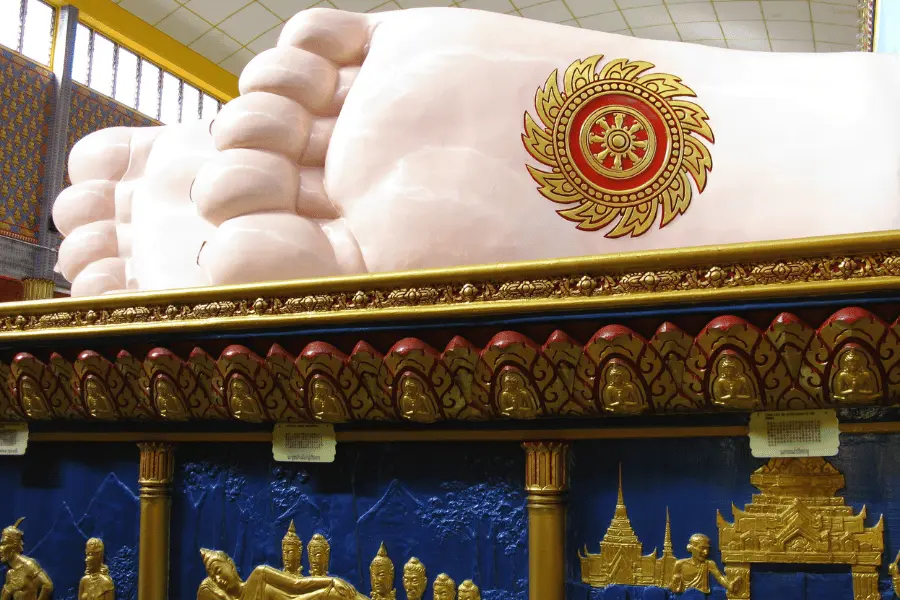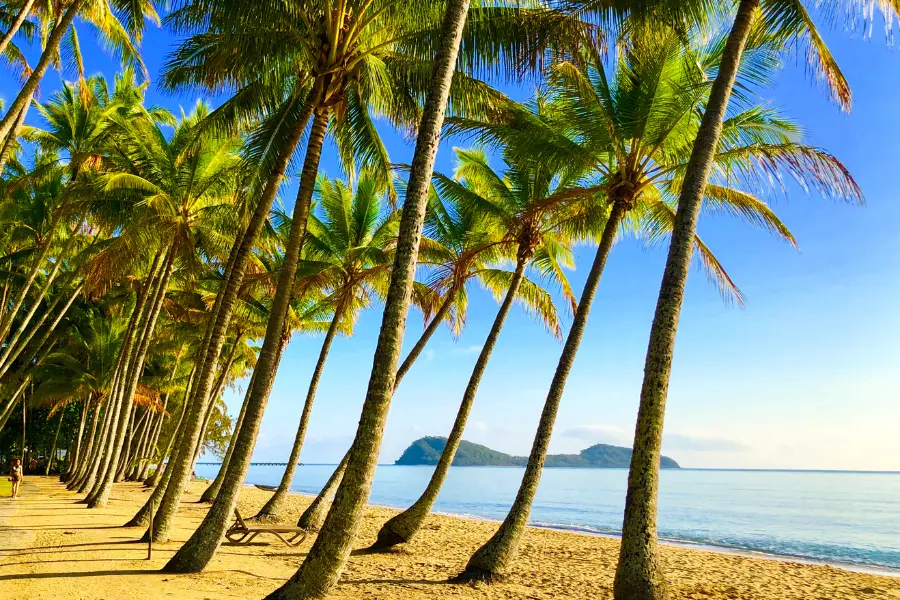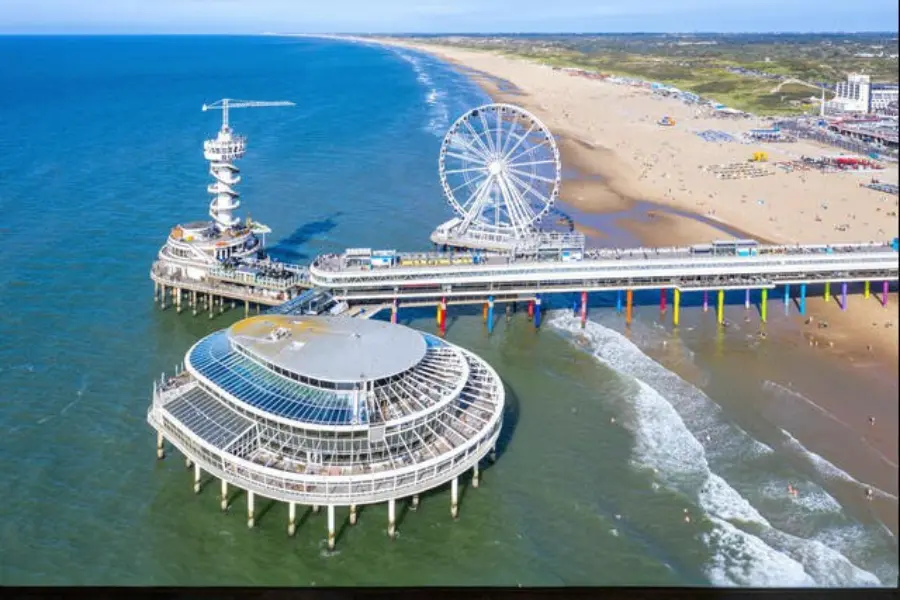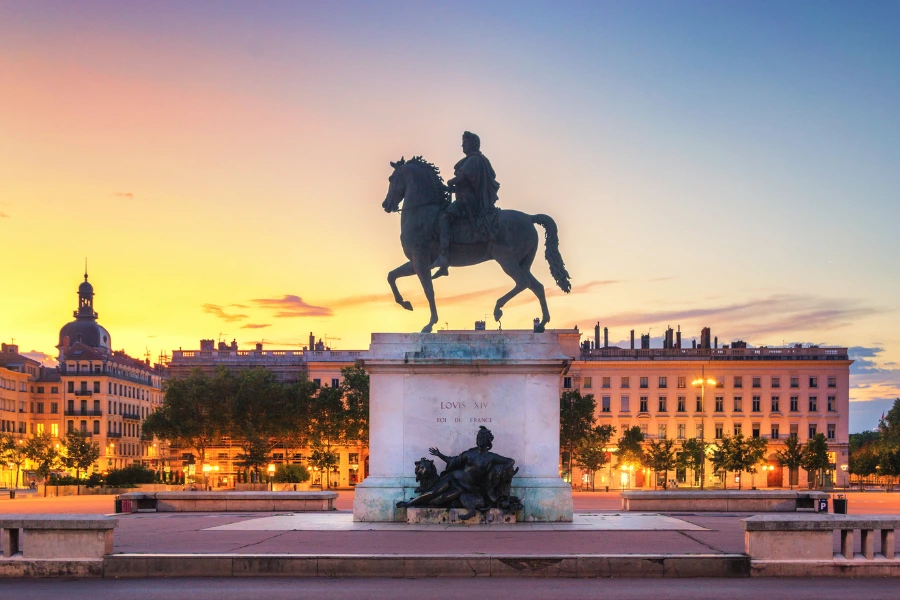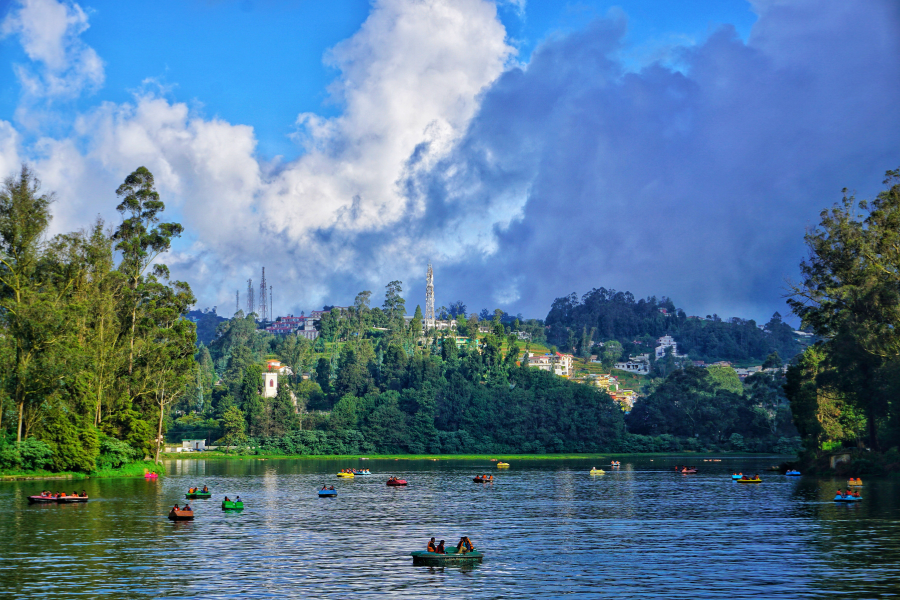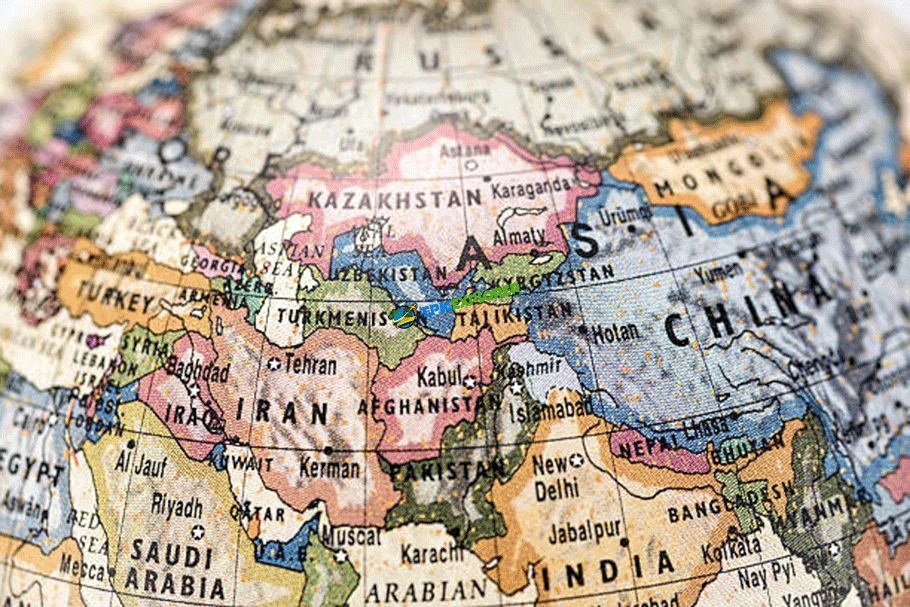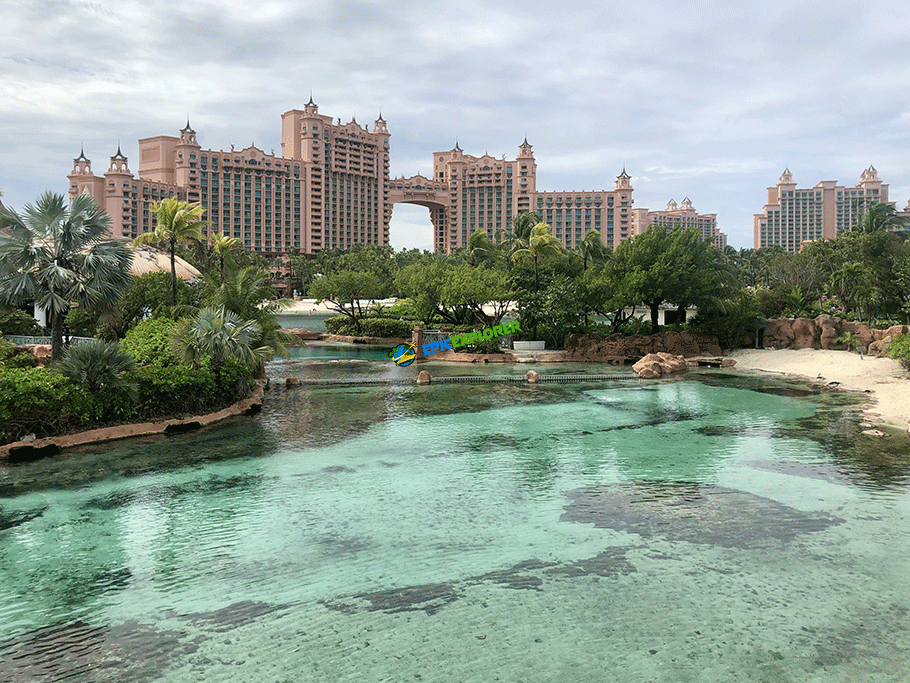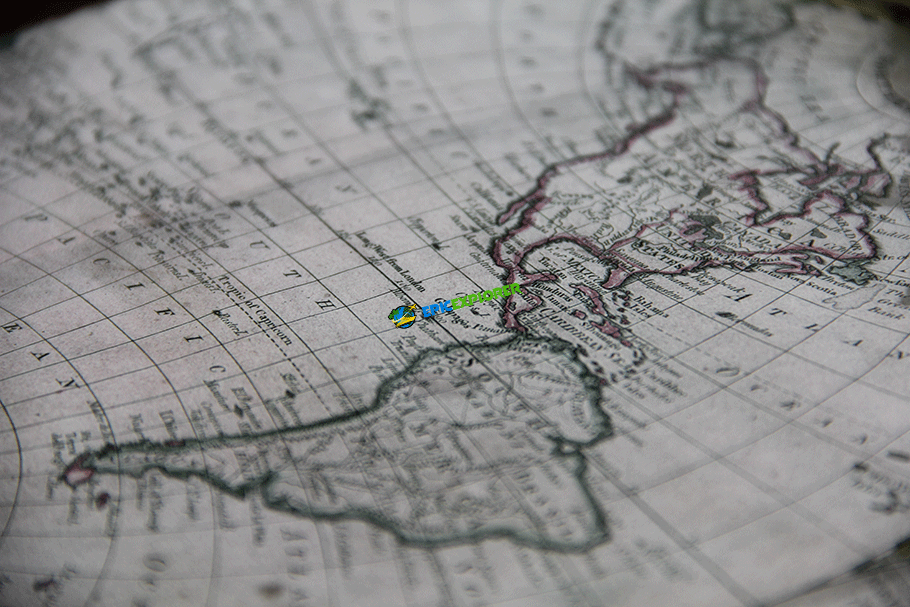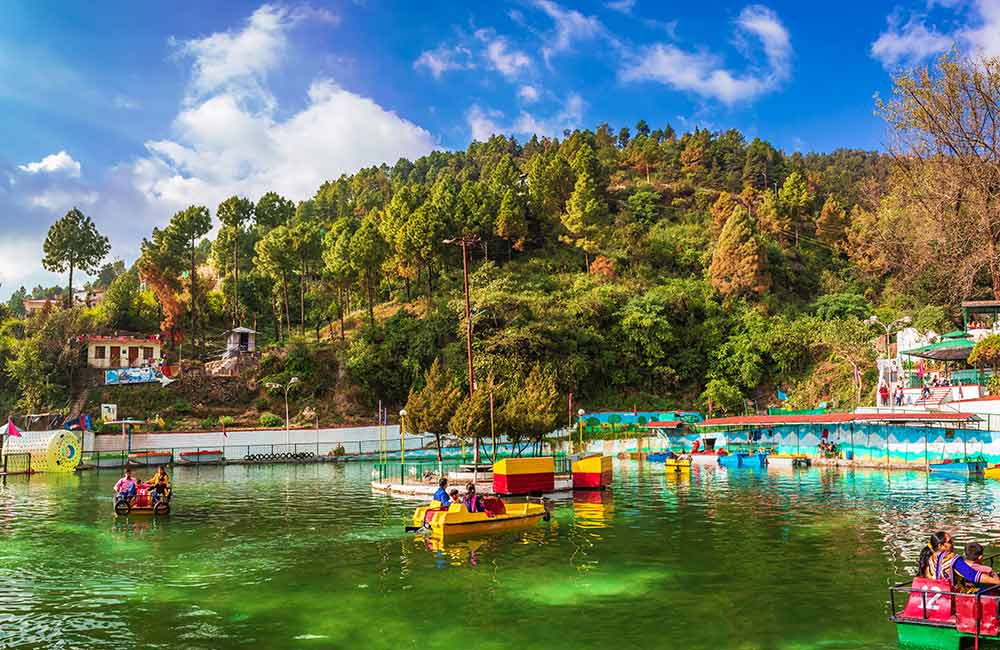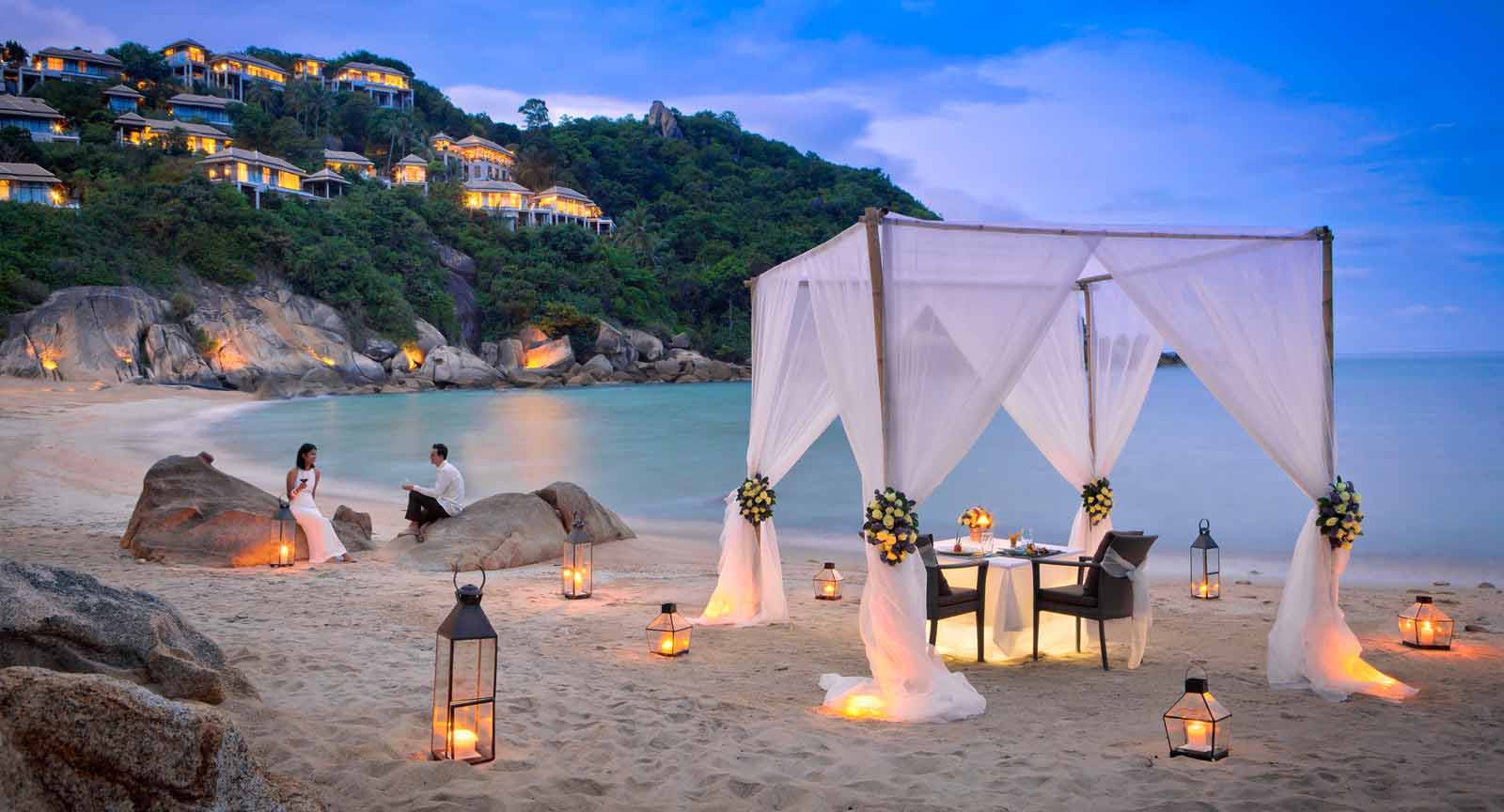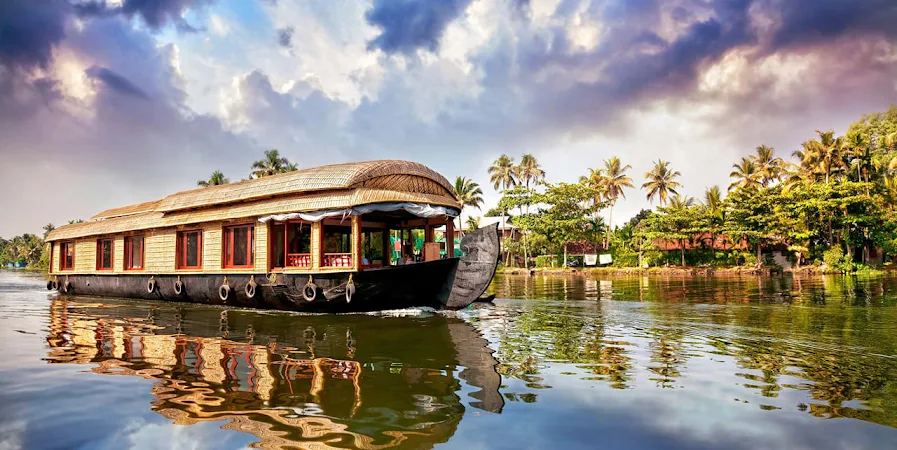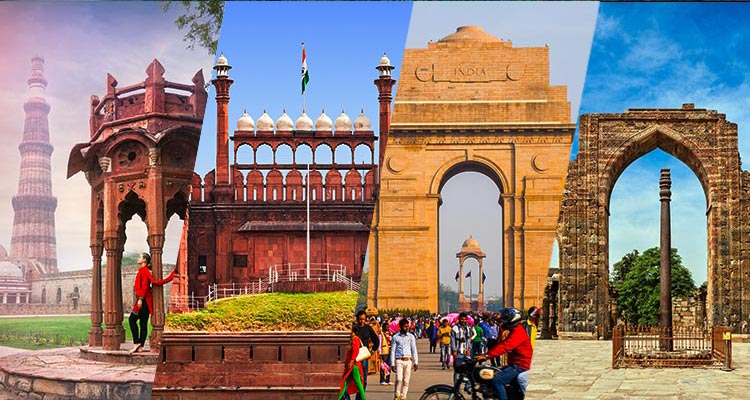Costa Rica: Pura Vida Paradise
Nestled in Central America between the Pacific Ocean and the Caribbean Sea, Costa Rica is a jewel of biodiversity and natural beauty. Renowned for its commitment to environmental conservation and sustainable practices, this small but vibrant country offers visitors a unique blend of lush rainforests, pristine beaches, and towering volcanoes.
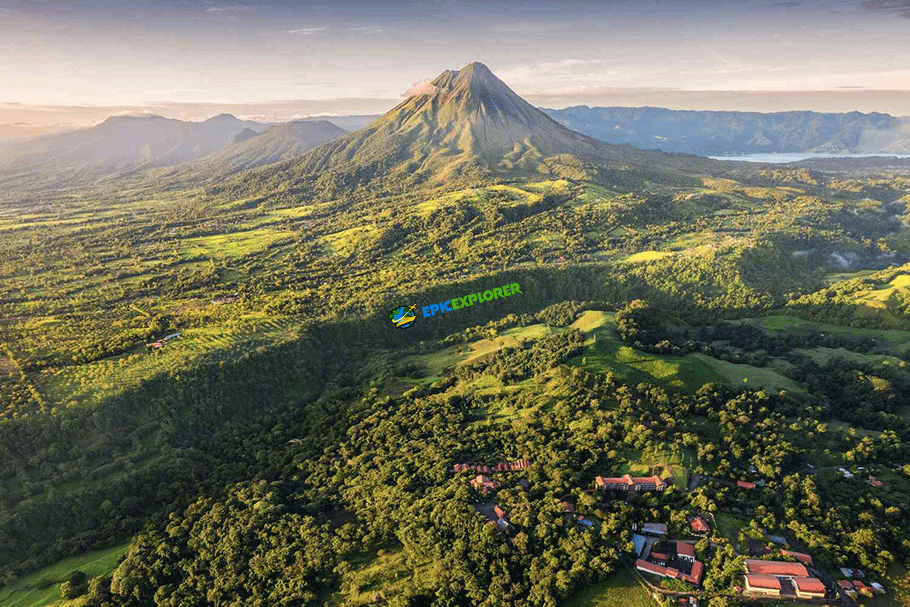
Costa Rica's history is a tapestry of indigenous cultures, Spanish colonization, and a commitment to peace. It abolished its army in 1948, focusing resources on education and healthcare, earning the moniker "Switzerland of Central America".
The heart of Costa Rica lies in its national parks and reserves, protecting a staggering array of flora and fauna. A visit to Manuel Antonio National Park reveals capuchin monkeys playing in the treetops, while Arenal Volcano National Park showcases the country's volcanic prowess.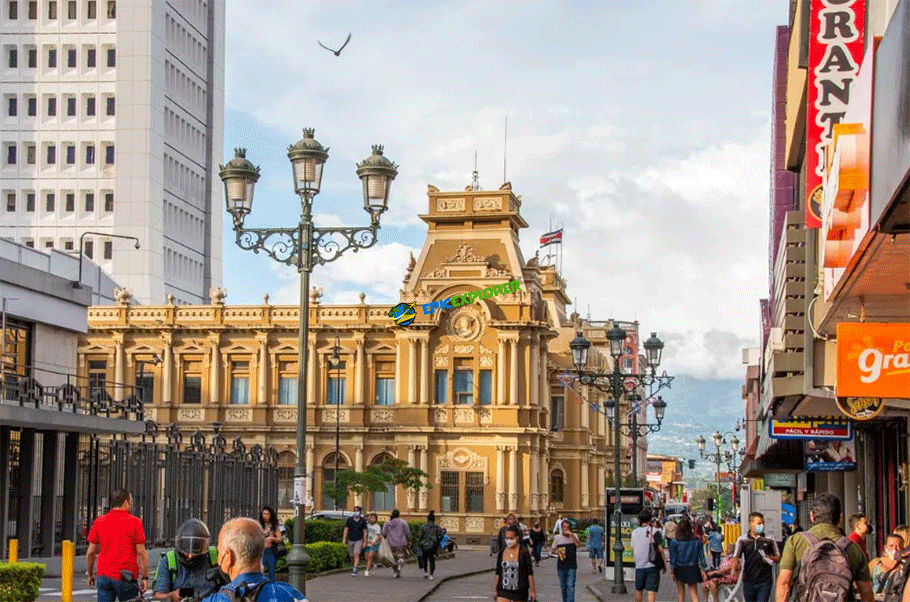
Adventurers are drawn to Costa Rica's rich tapestry of outdoor activities, from zip-lining through the cloud forests to surfing along the Pacific coast. The laid-back lifestyle of the Ticos, as Costa Ricans are affectionately known, embodies the essence of "Pura Vida" — a phrase encapsulating the country's philosophy of pure life, happiness, and a deep connection to nature.

1. San José: Capital of Culture and Commerce
History: San José, founded in 1737, has evolved from a modest colonial settlement into the bustling capital of Costa Rica. Initially established as a transfer point for travelers and goods, the city's strategic location contributed to its growth. In the late 19th century, the introduction of coffee cultivation sparked economic prosperity, leading to the construction of cultural landmarks like the National Theater in 1897. San José became a melting pot of cultural influences, blending indigenous traditions with European elements.
Best Tourist Attractions: San José offers a rich cultural experience at the National Theater, where visitors can enjoy performances in a magnificent setting. The National Museum provides insight into Costa Rican history. The bustling Mercado Central immerses guests in local life and flavors.
Best Time to Visit: The best time to explore San José is during the dry season from December to April when the weather is favorable for outdoor activities and cultural events.

2. Limón: Caribbean Charm and History
History: Limón, established in the mid-19th century, reflects Costa Rica's Caribbean heritage. The city's history is intertwined with the boom of banana cultivation, drawing immigrants from the Caribbean to work on plantations. Limón's economic significance as a major port for banana exports shaped its multicultural identity. The vibrant street art in downtown Limón narrates tales of the city's Afro-Caribbean roots, offering a visual journey through its history.
Best Tourist Attractions: Limón captivates visitors with its vibrant street art in downtown, reflecting the city's Afro-Caribbean heritage. Playa Bonita offers a tranquil escape, while the nearby Tortuguero National Park beckons nature enthusiasts.
Best Time to Visit: The ideal time to experience Limón is from September to November, avoiding the peak of the rainy season.

3. Heredia: Coffee Plantations and Colonial Heritage
History: Heredia, known as the "City of Flowers," traces its roots to the 18th century. Fueled by the success of coffee plantations, the city became a center for economic growth and cultural development. The colonial architecture of buildings like El Fortín stands as a testament to Heredia's historical significance and commitment to preserving its heritage.
Best Tourist Attractions: Explore the historic El Fortín, witness the city's coffee legacy on a plantation tour, and embrace nature in the Braulio Carrillo National Park.
Best Time to Visit: Heredia welcomes visitors throughout the year, but the dry season from December to April is optimal for outdoor activities.
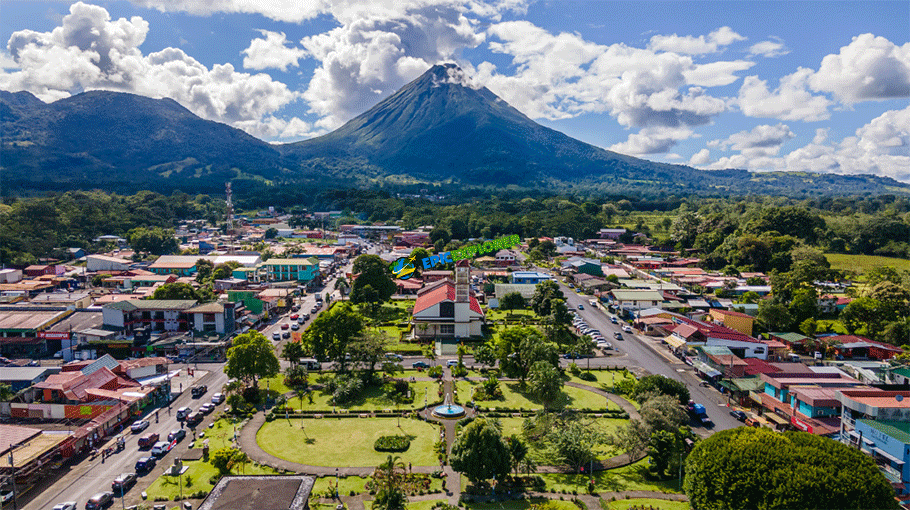
4. Alajuela: Tranquil Oasis and Nature Escapes
History: Alajuela, founded in 1782, played a pivotal role in Costa Rica's fight for independence. The city emerged as a tranquil oasis, with a strong connection to nature. Alajuela's history is intertwined with key events in Costa Rican independence, and landmarks like the Juan Santamaría Museum commemorate the heroic deeds of the nation's past.
Best Tourist Attractions: Alajuela offers cultural insights at the Juan Santamaría Museum, relaxation in the Central Park, and adventure in Poás Volcano National Park.
Best Time to Visit: Alajuela's pleasant climate makes it a year-round destination, with December to April providing clear skies.

5. Cartago: Ancient Ruins and Spiritual Significance
History: Cartago, founded in 1563, holds the distinction of being Costa Rica's former capital and is steeped in ancient history. Pre-Columbian settlements existed in the region, and Cartago became a center for religious activities, with the Santiago Apostol Parish Ruins bearing witness to its colonial past.
Best Tourist Attractions: Explore the Santiago Apostol Parish Ruins, visit the Basilica of Our Lady of the Angels, and hike to the stunning Irazú Volcano.
Best Time to Visit: The dry season from December to April is optimal for touring Cartago's historical sites.
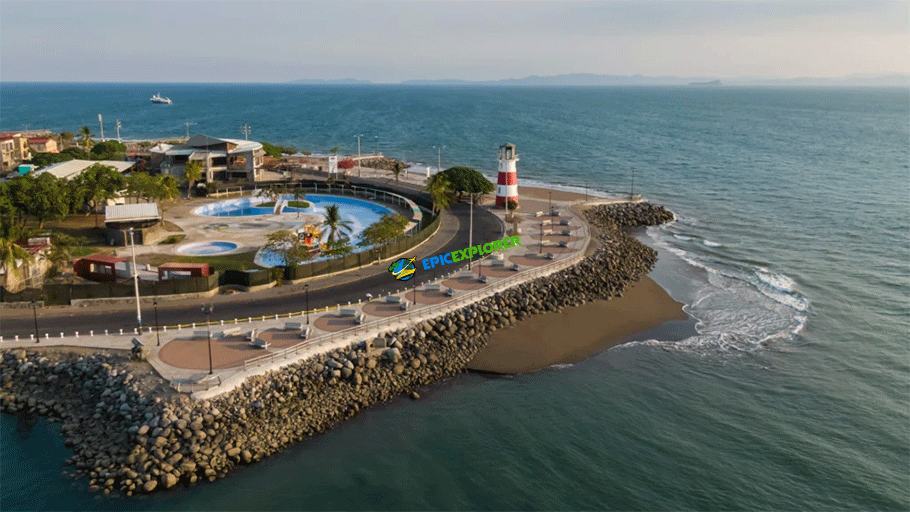
6. Puntarenas: Coastal Beauty and Seaside Serenity
History: Puntarenas, with a maritime history dating back to the 19th century, evolved from a crucial port into a popular beach destination. The city's growth is intertwined with its Pacific coastline, attracting visitors with its coastal beauty and serene atmosphere.
Best Tourist Attractions: Relax on Puntarenas Beach, explore the Marino Ballena National Park, and take a boat tour to Isla Tortuga for an unforgettable coastal experience.
Best Time to Visit: Puntarenas shines during the dry season from December to April, offering sunny days for beach adventures.

7. Liberia: Gateway to Adventure and Culture
History: Liberia, known as the "White City," emerged in the 18th century as a hub for cattle ranching and agriculture. Its history is deeply rooted in the economic activities of the region, and today, Liberia serves as a gateway to the adventure and culture of Costa Rica's northwest.
Best Tourist Attractions: Discover Liberia's colonial charm in Parque Central, explore Rincon de la Vieja National Park for adventure, and unwind in the nearby hot springs.
Best Time to Visit: Liberia is fantastic year-round, with December to April offering clear skies for outdoor exploration.
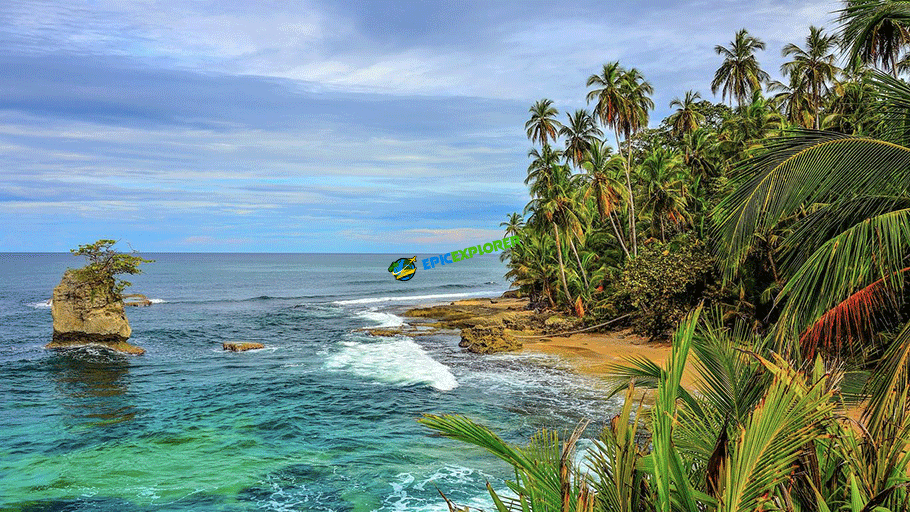
8. Puerto Limón: Afro-Caribbean Heritage and Tropical Bliss
History: Puerto Limón, the main port on the Caribbean coast, has a history shaped by Afro-Caribbean influences and the banana trade. The city's cultural richness and tropical bliss are evident in its architecture, music, and lively atmosphere.
Best Tourist Attractions: Immerse yourself in the Eiffel-designed Black Star Line Building, relax on Playa Bonita, and explore the Gandoca-Manzanillo Wildlife Refuge for biodiversity.
Best Time to Visit: Puerto Limón is ideal from September to November, avoiding the peak of the rainy season.

9. Quepos: Breathtaking Views and Biodiversity
History: Quepos, a coastal gem, witnessed indigenous settlements before the Spanish arrival. In the 20th century, it became a vital banana export point, contributing to its economic significance. Quepos' history is interwoven with the stunning biodiversity of the region.
Best Tourist Attractions: Experience the beauty of Manuel Antonio National Park, enjoy the views from Damas Island mangroves, and explore the Marina Pez Vela for coastal delights.
Best Time to Visit: Quepos is great year-round, with December to April offering sunny days for outdoor adventures.
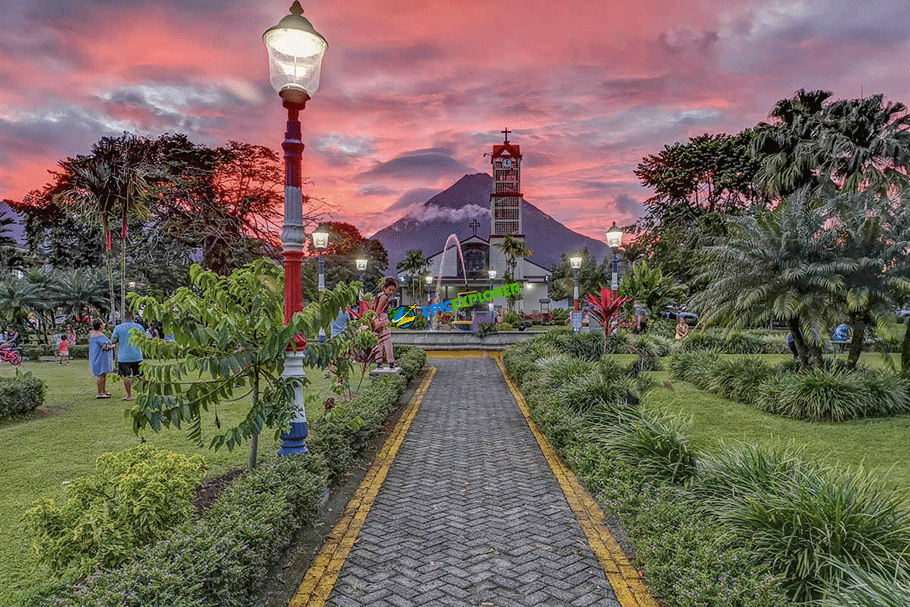
10. San Ramón: Highland Tranquility and Scenic Landscapes
History: San Ramón, founded in 1854, is nestled in the highlands and has a history rooted in agriculture and coffee production. The city's establishment attracted those seeking a peaceful life amid scenic landscapes. San Ramón's history reflects a balance between human endeavors and the natural beauty that surrounds it.
Best Tourist Attractions: Explore the San Ramón Museum, take in the views from Juan Santamaría Park, and hike to La Paz Waterfall Gardens for serene landscapes.
Best Time to Visit: San Ramón's mild climate makes it a year-round destination for those seeking highland tranquility.

